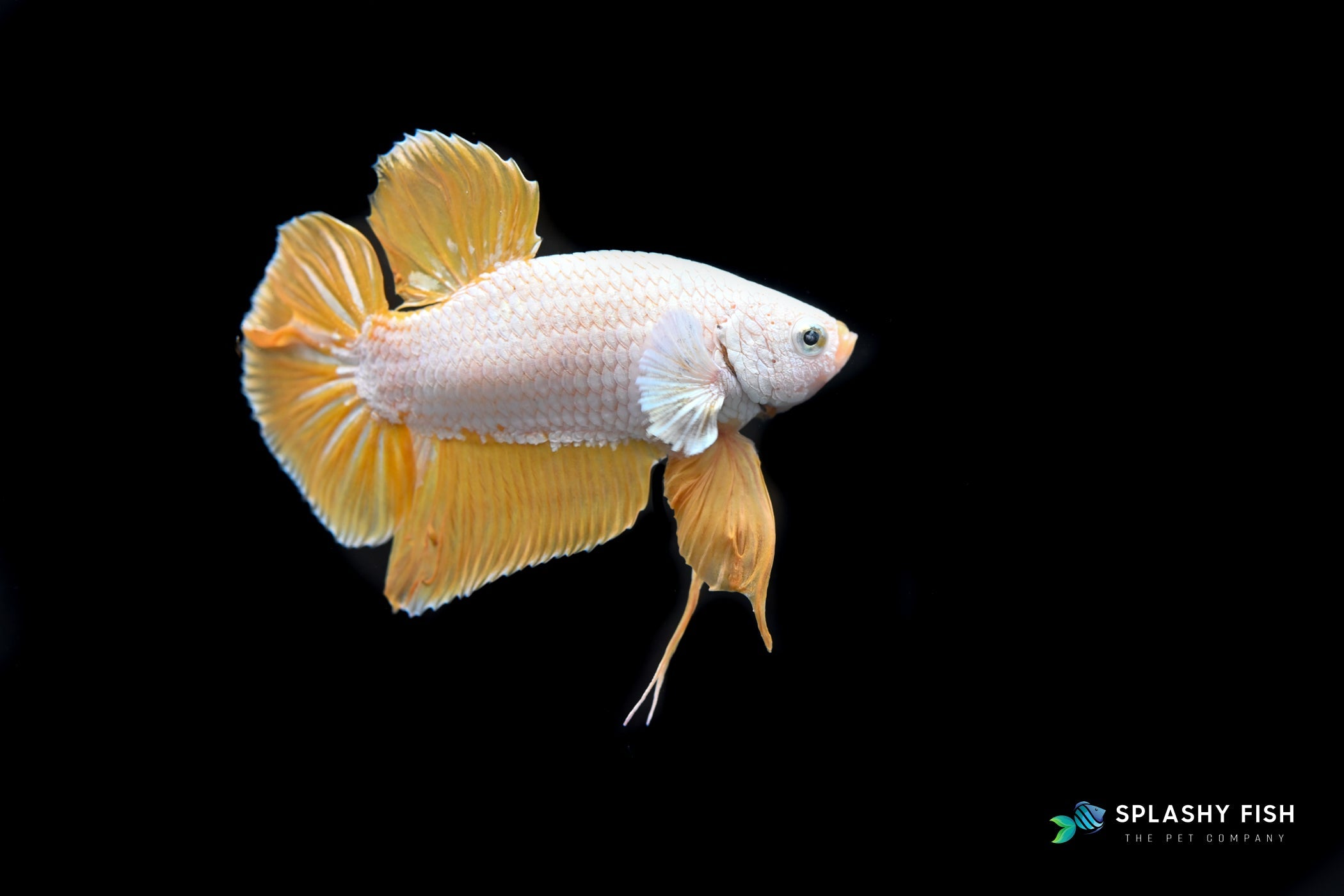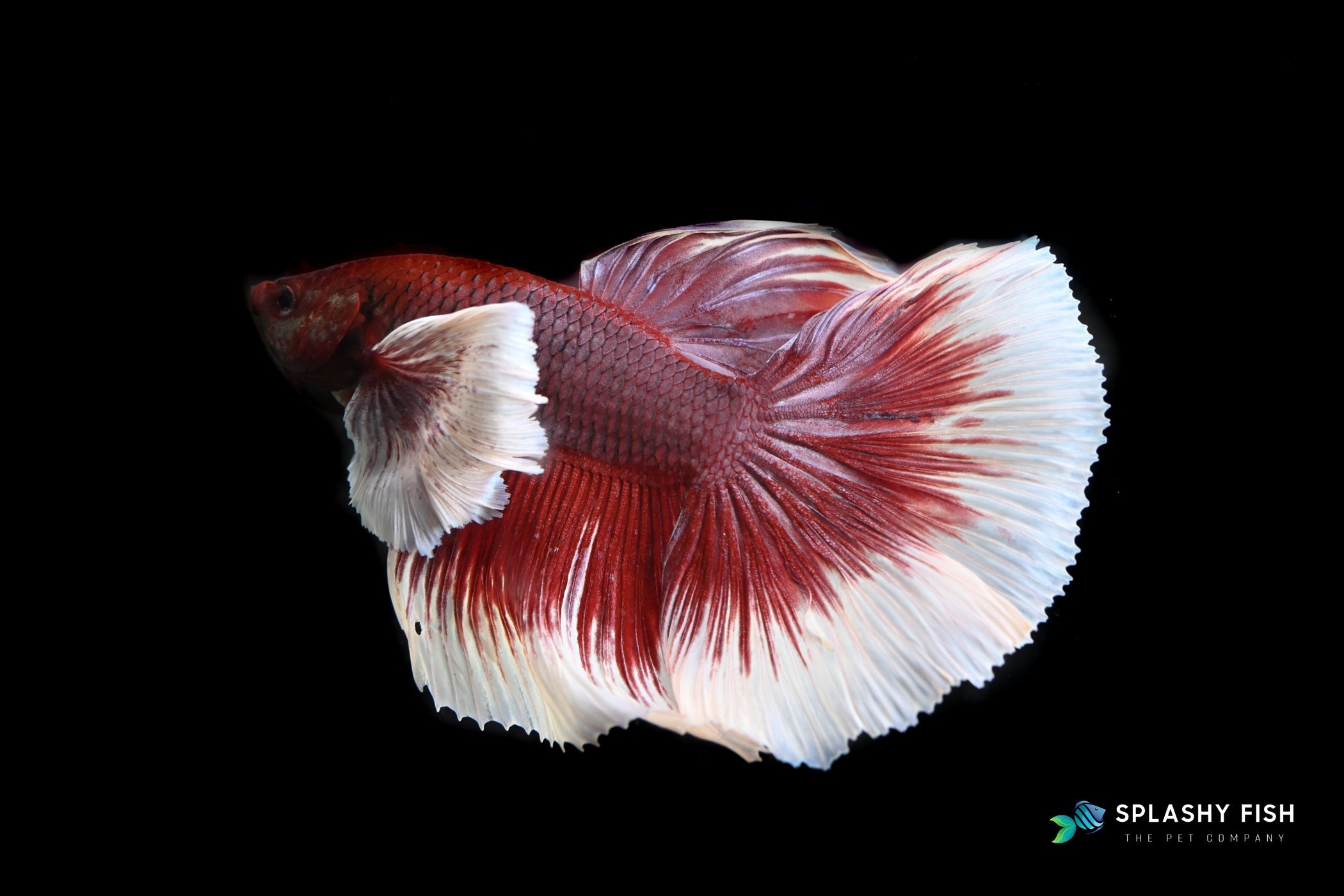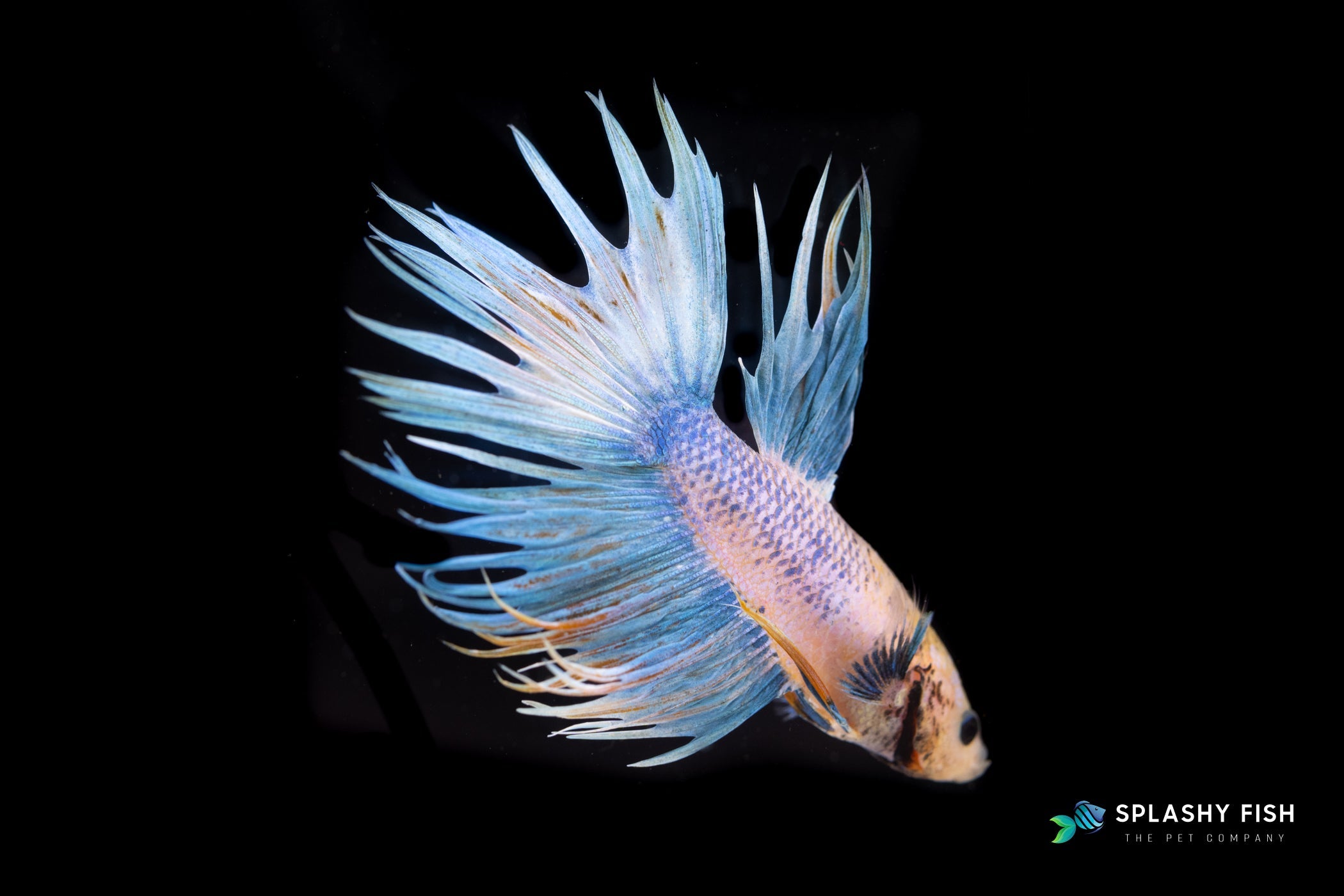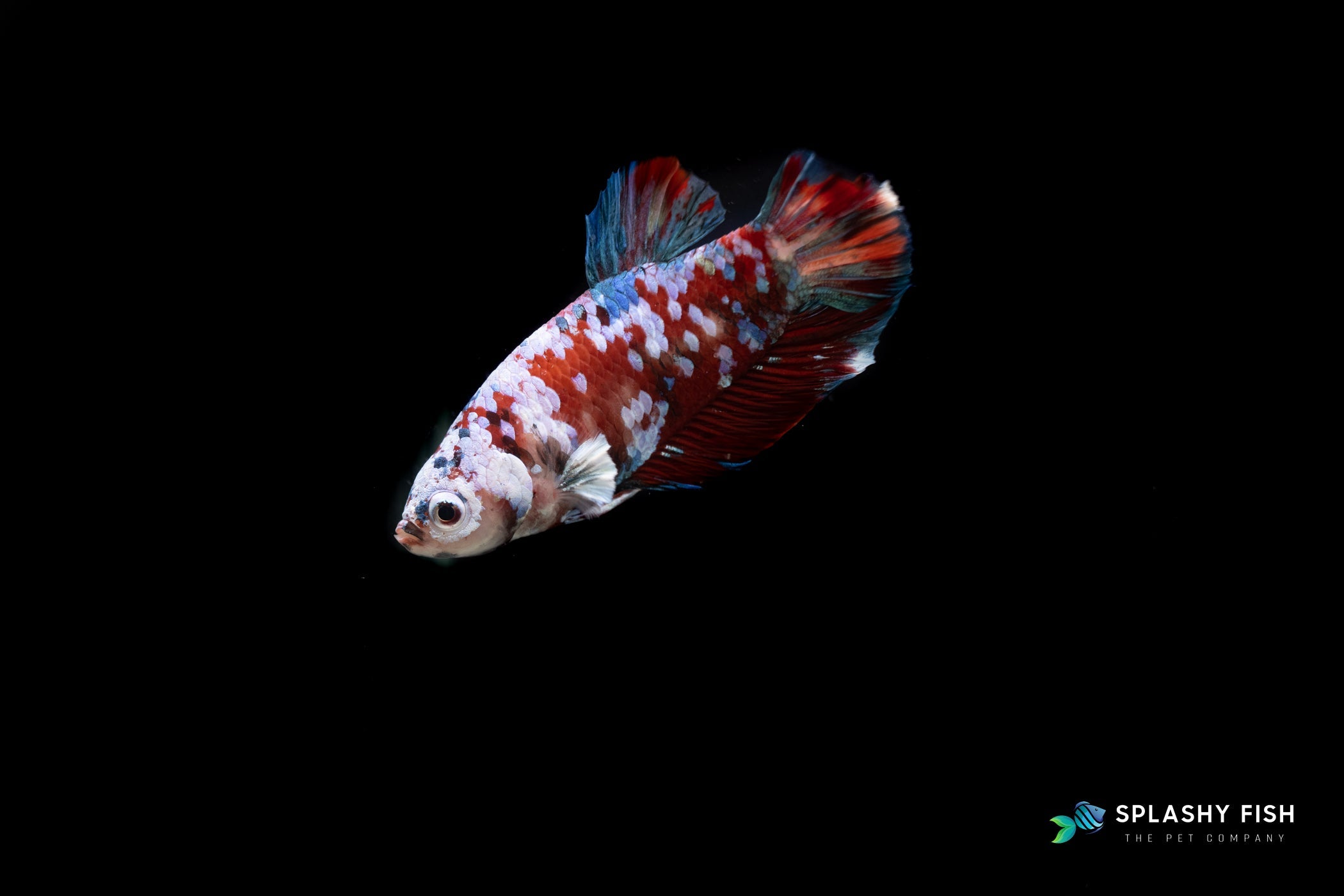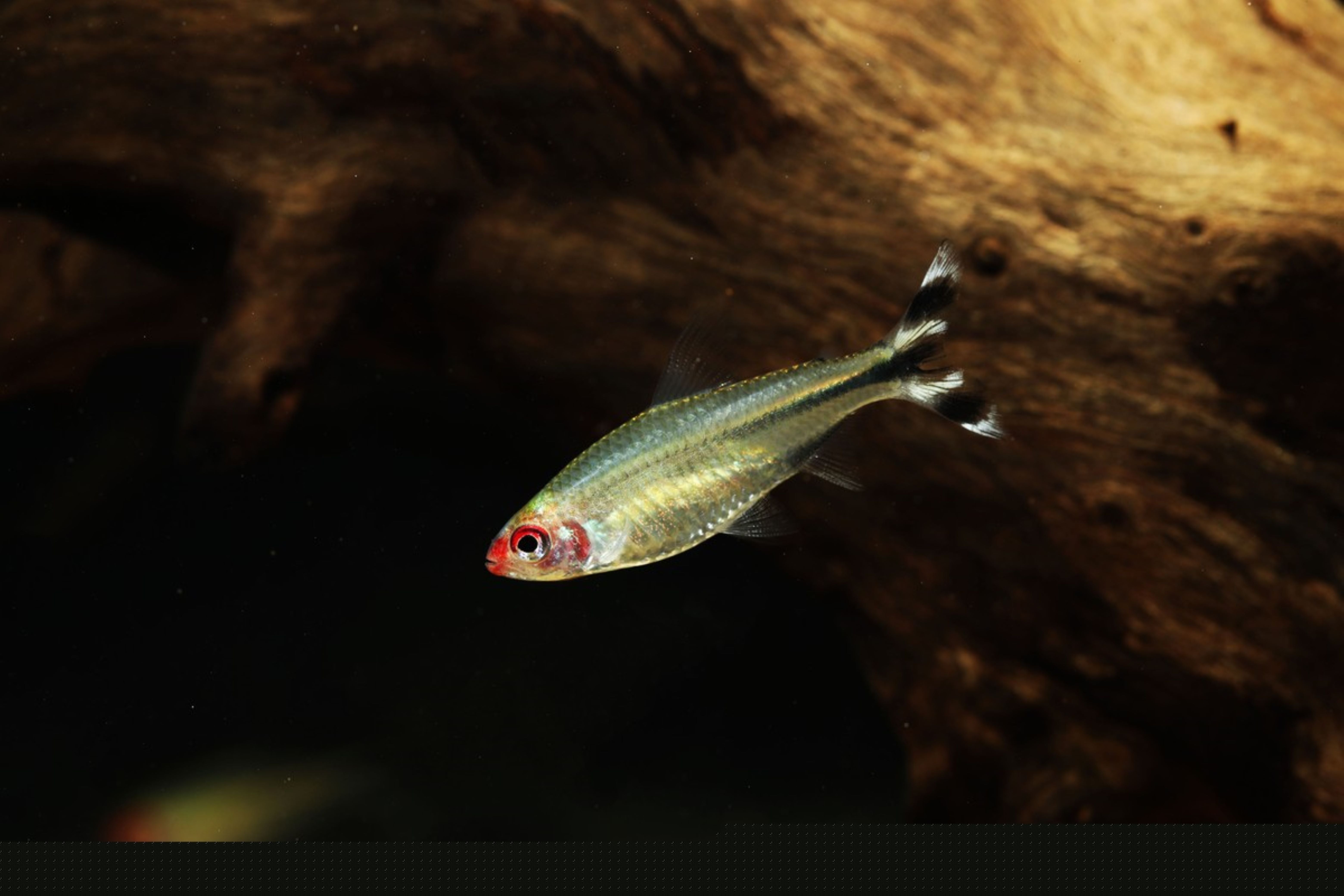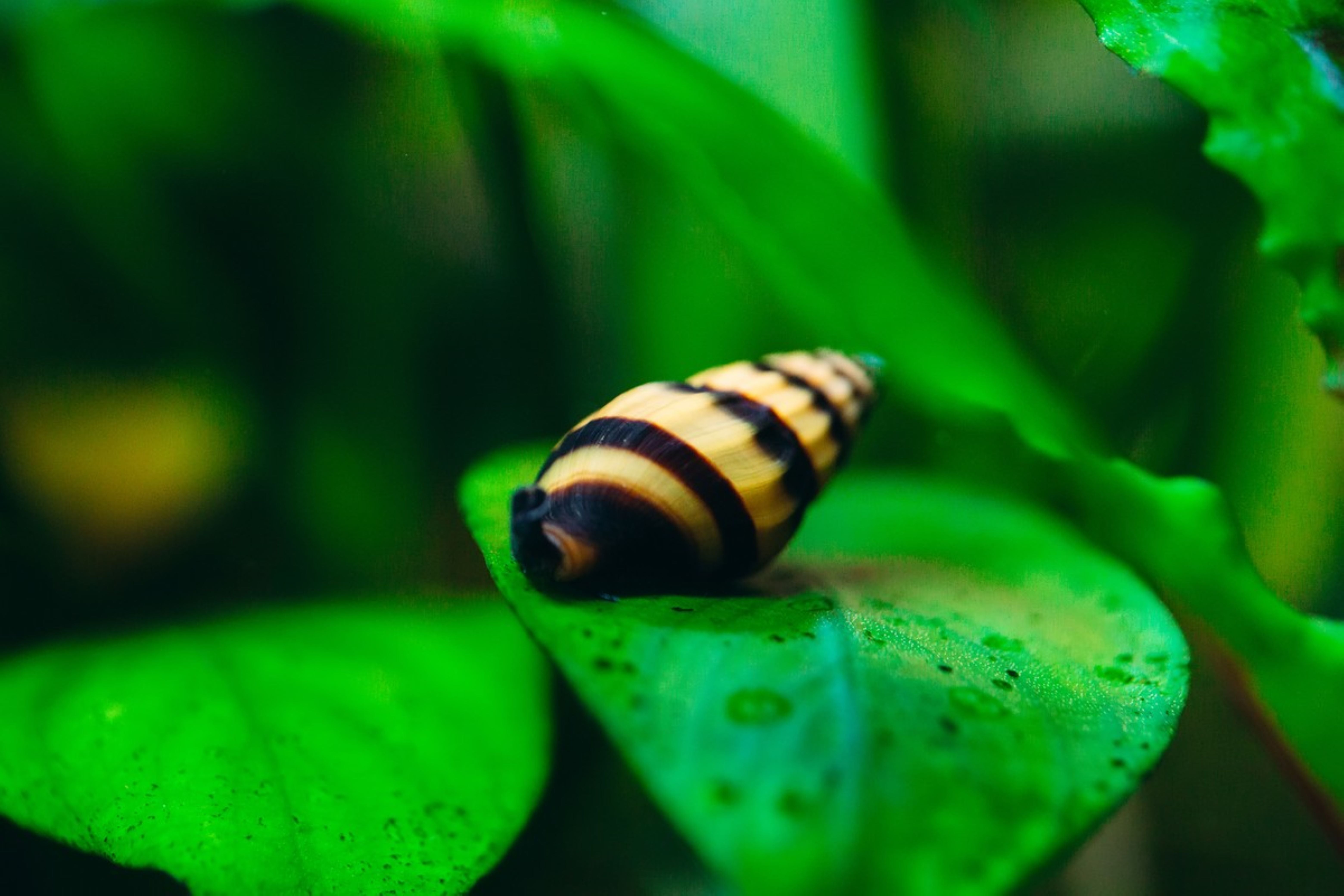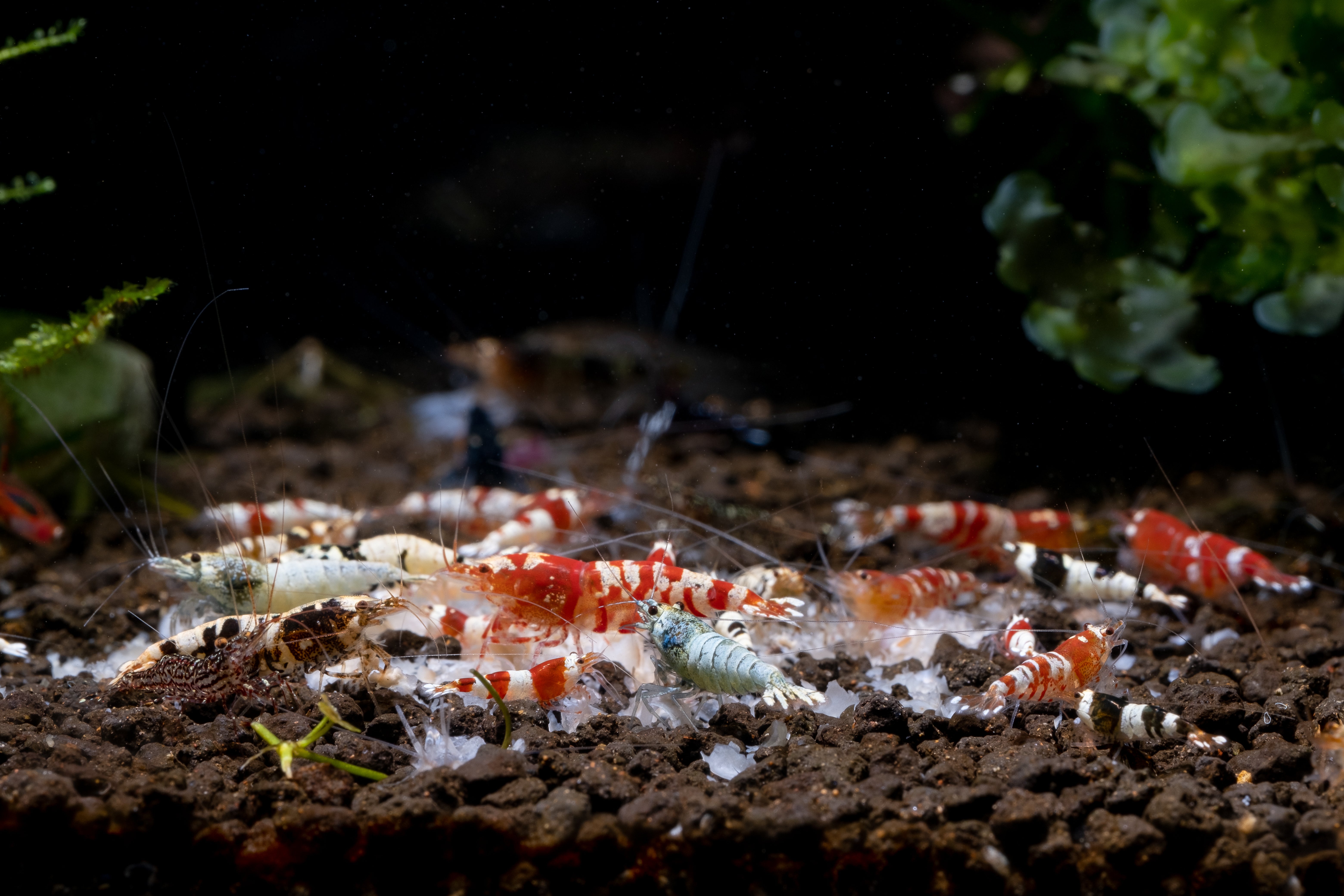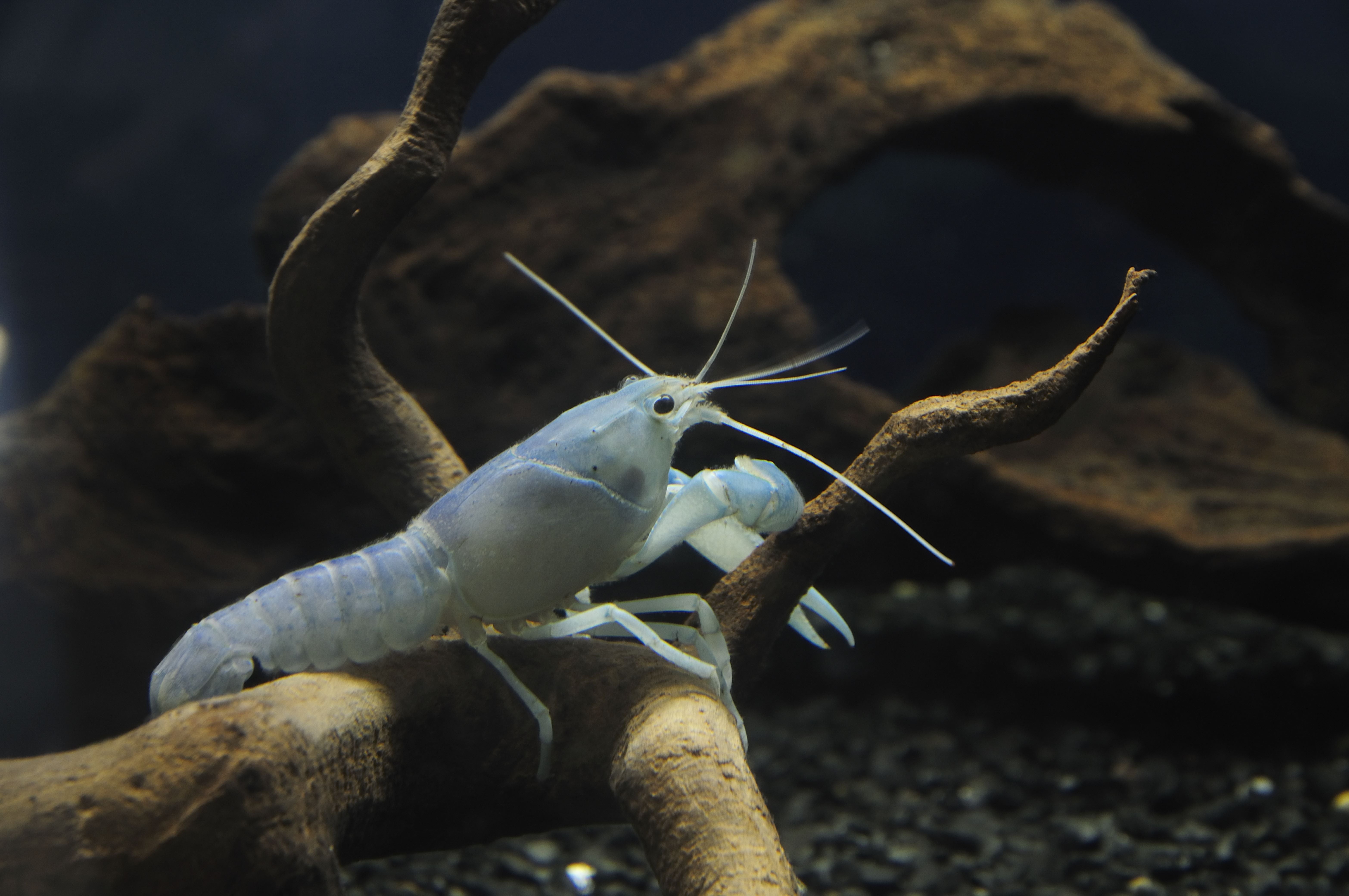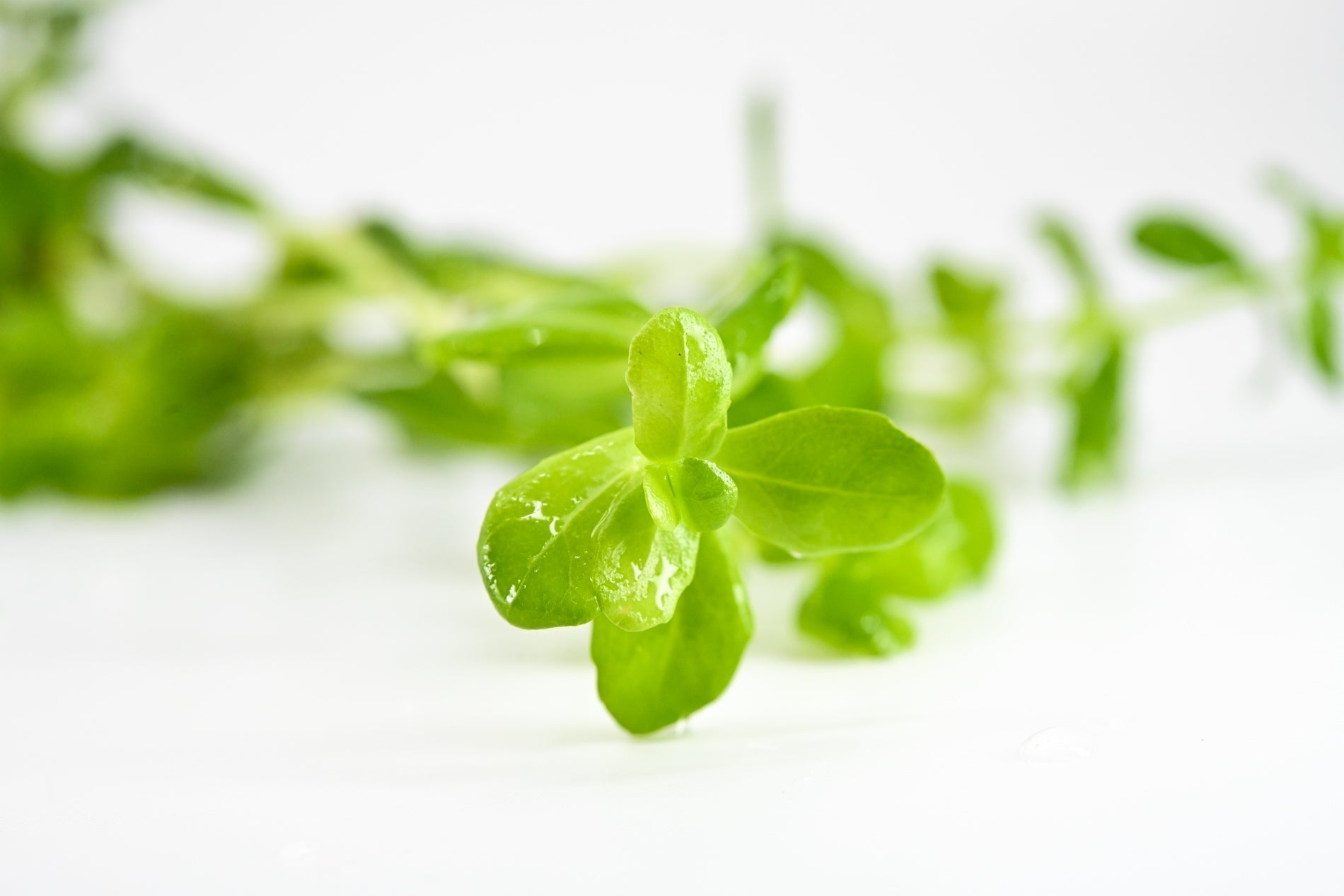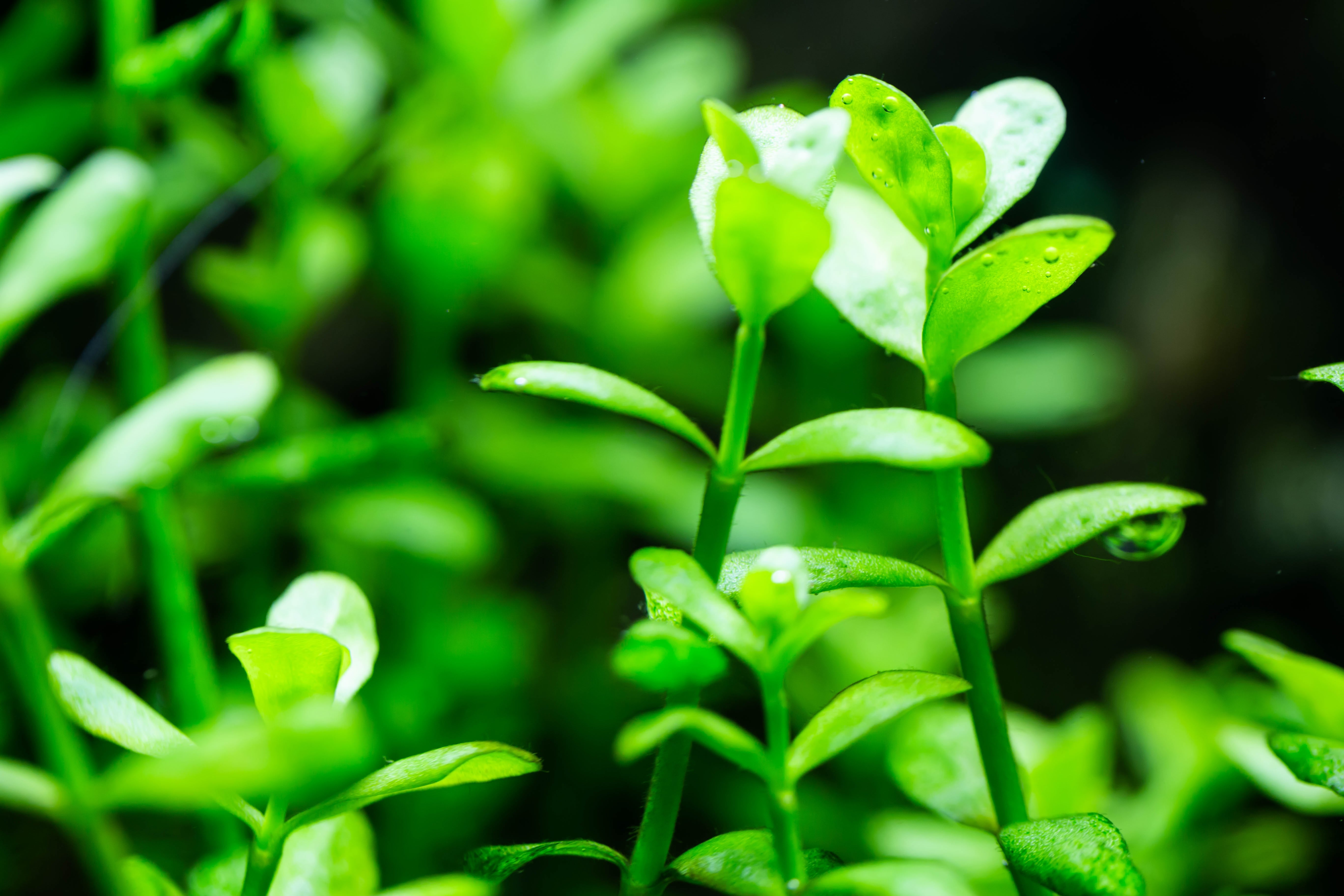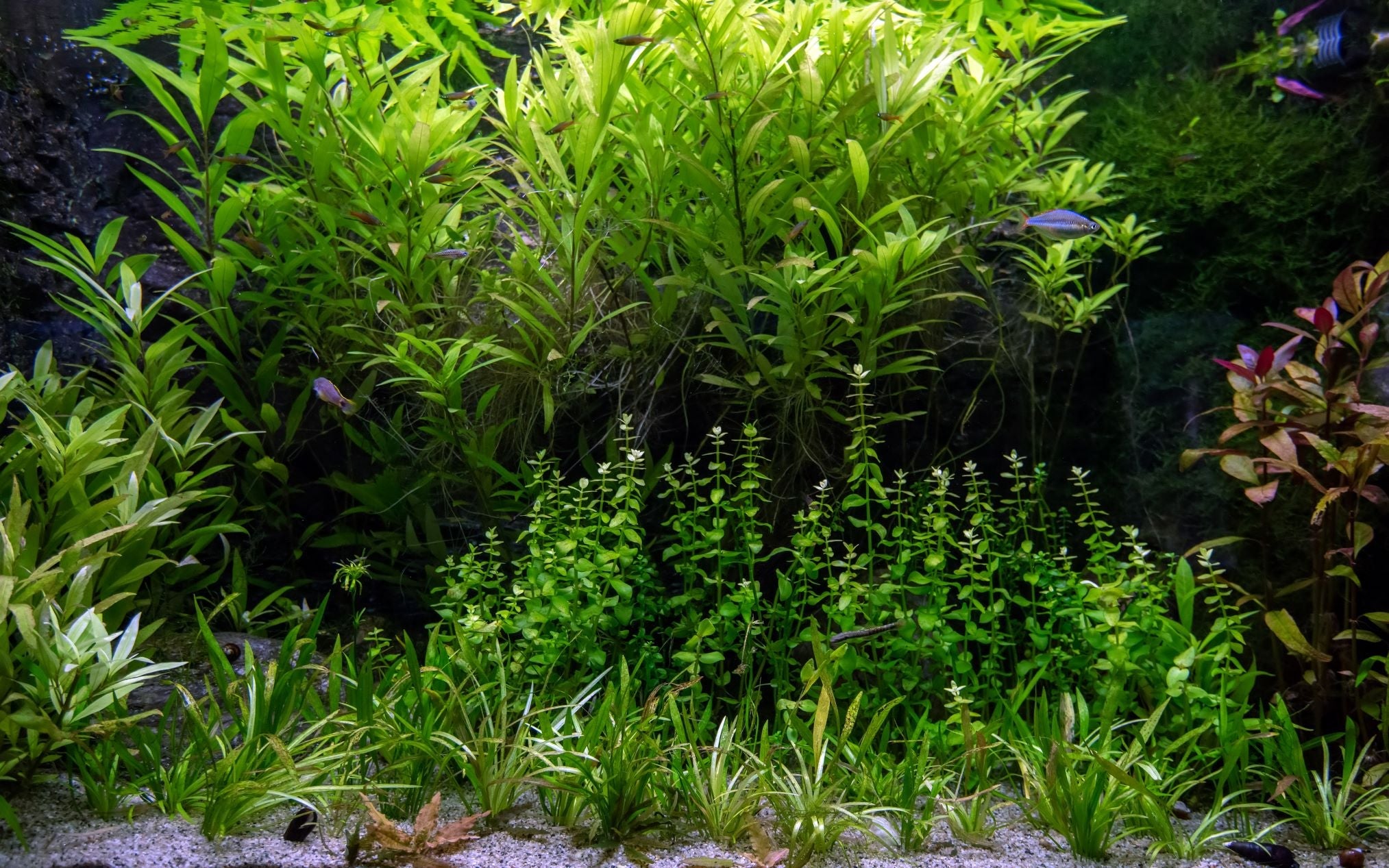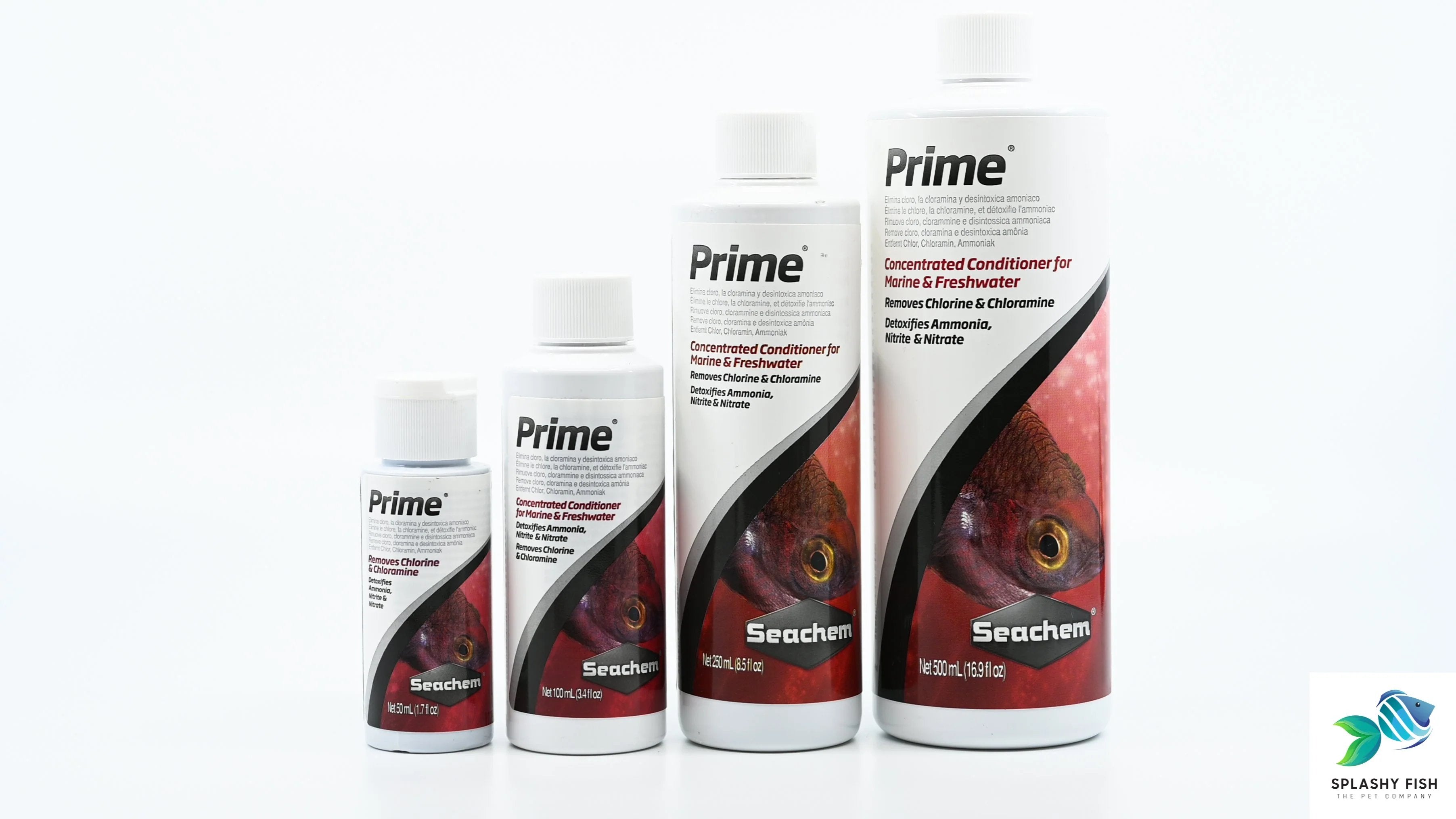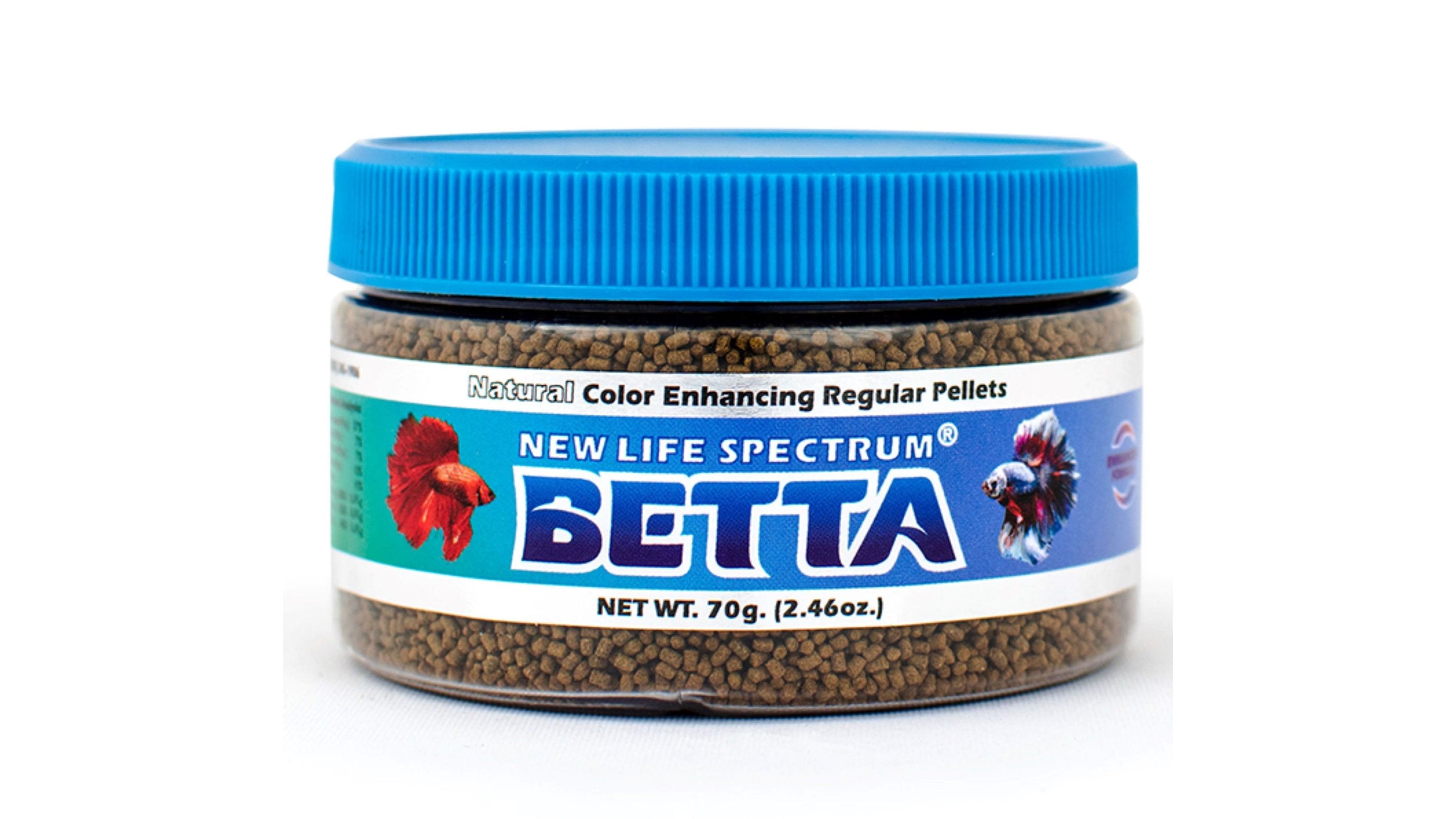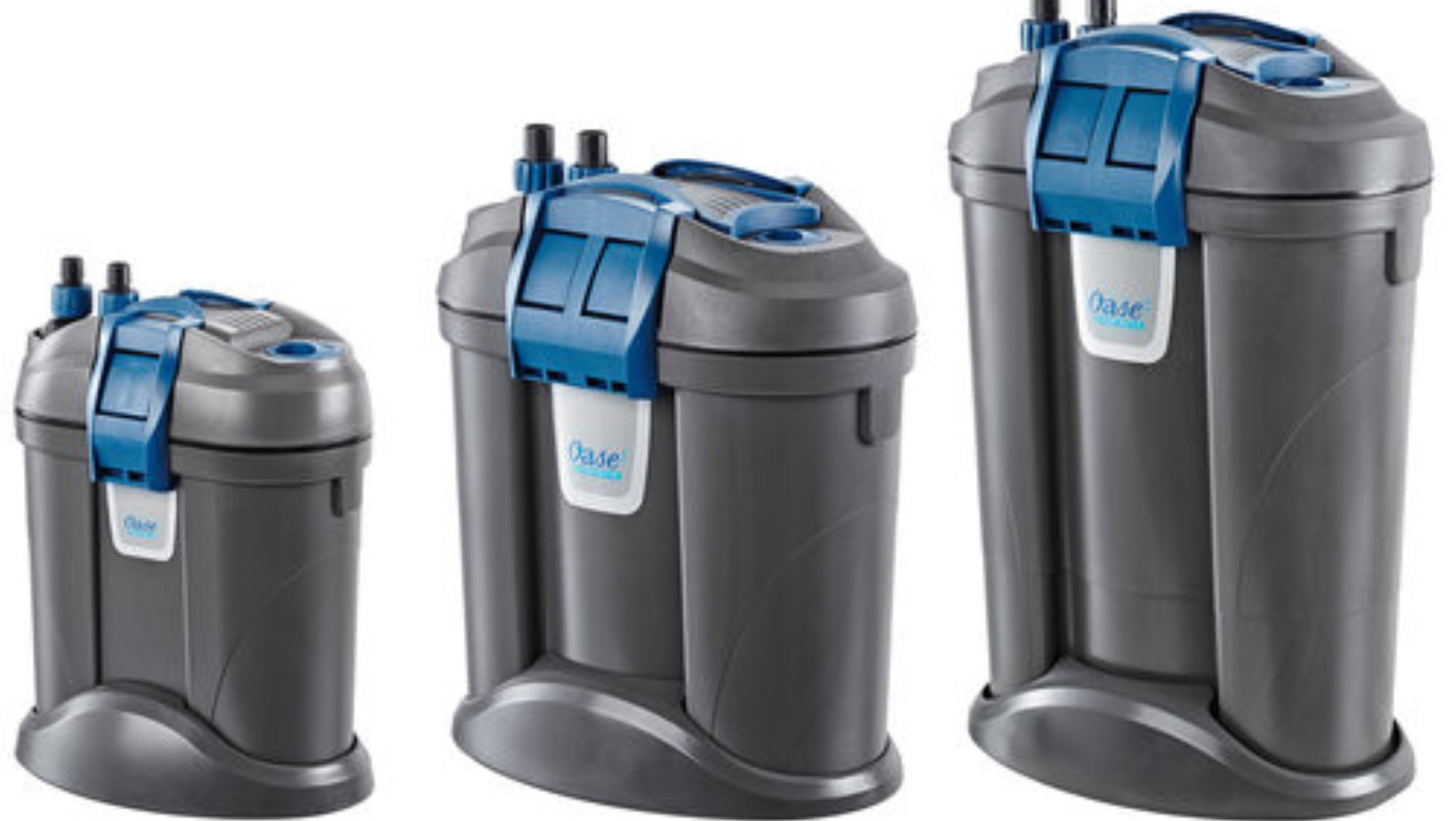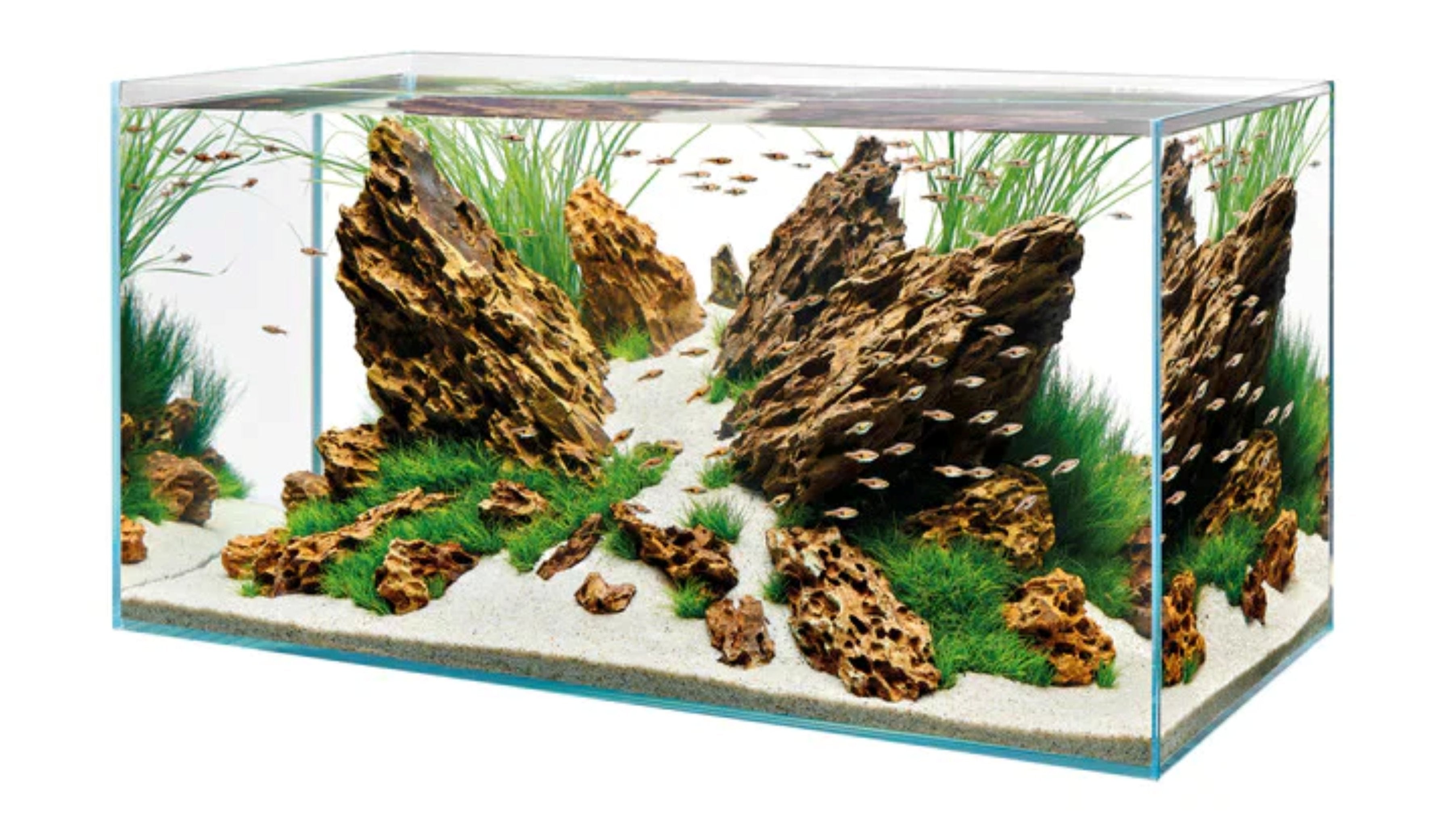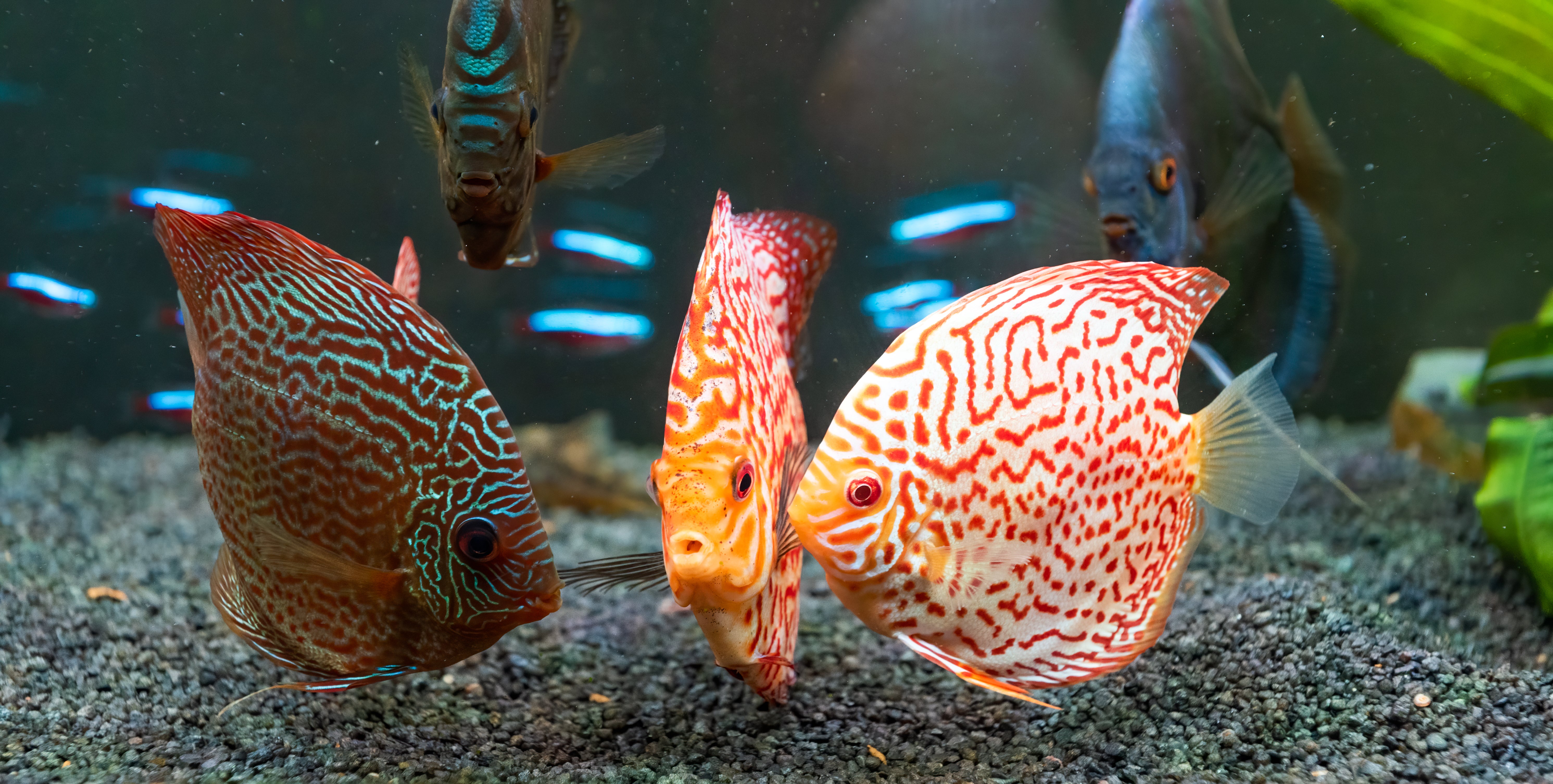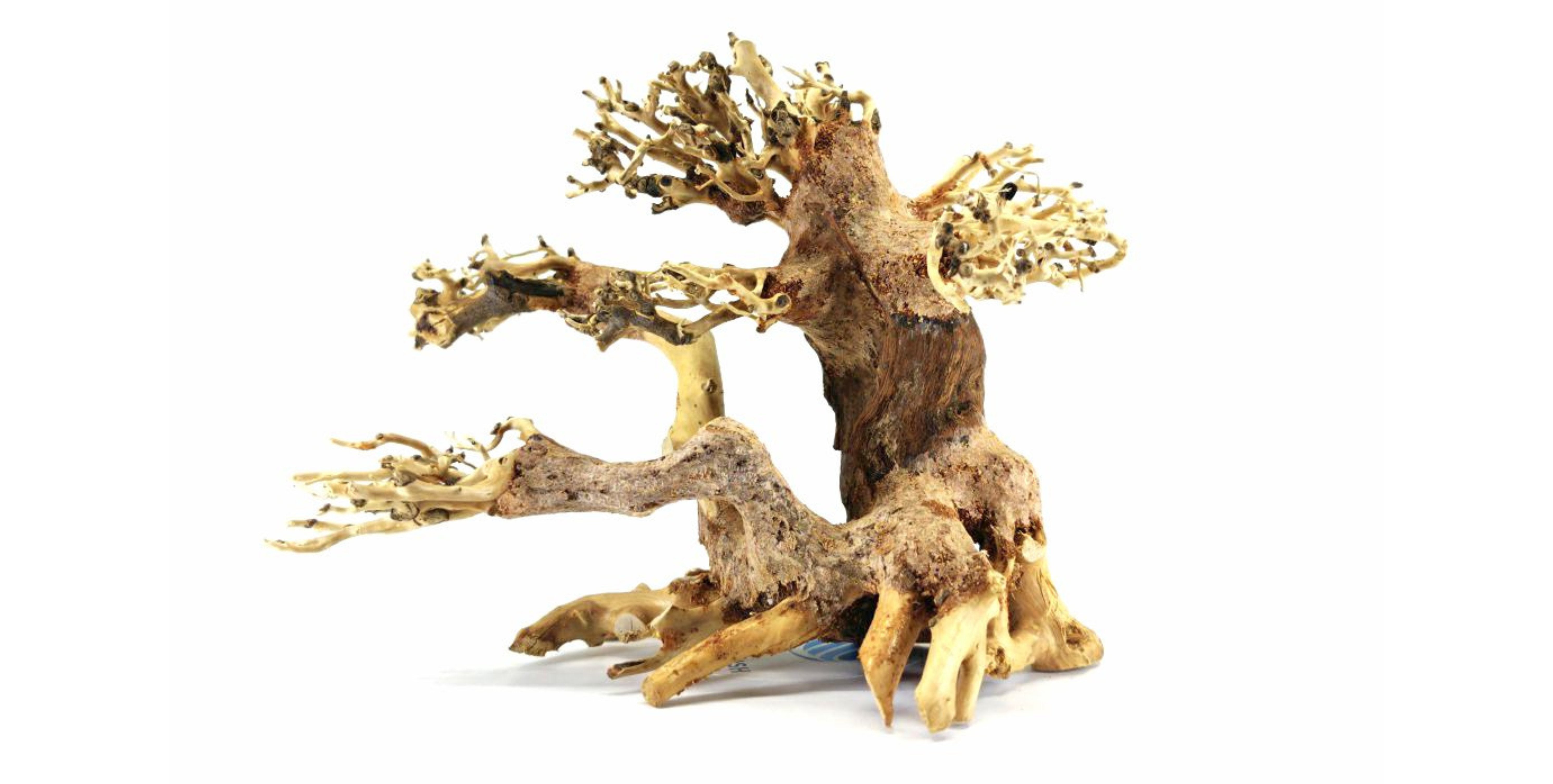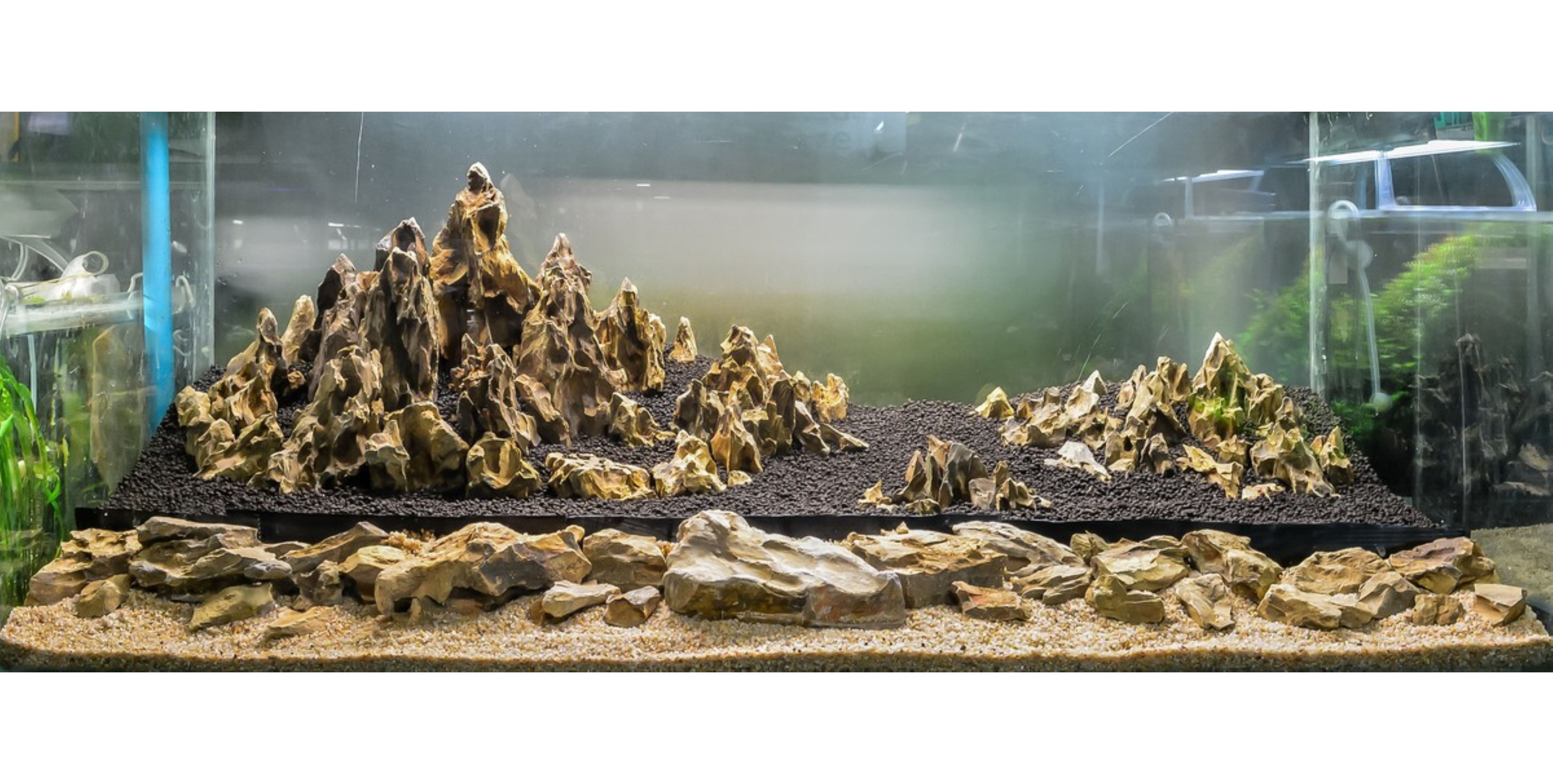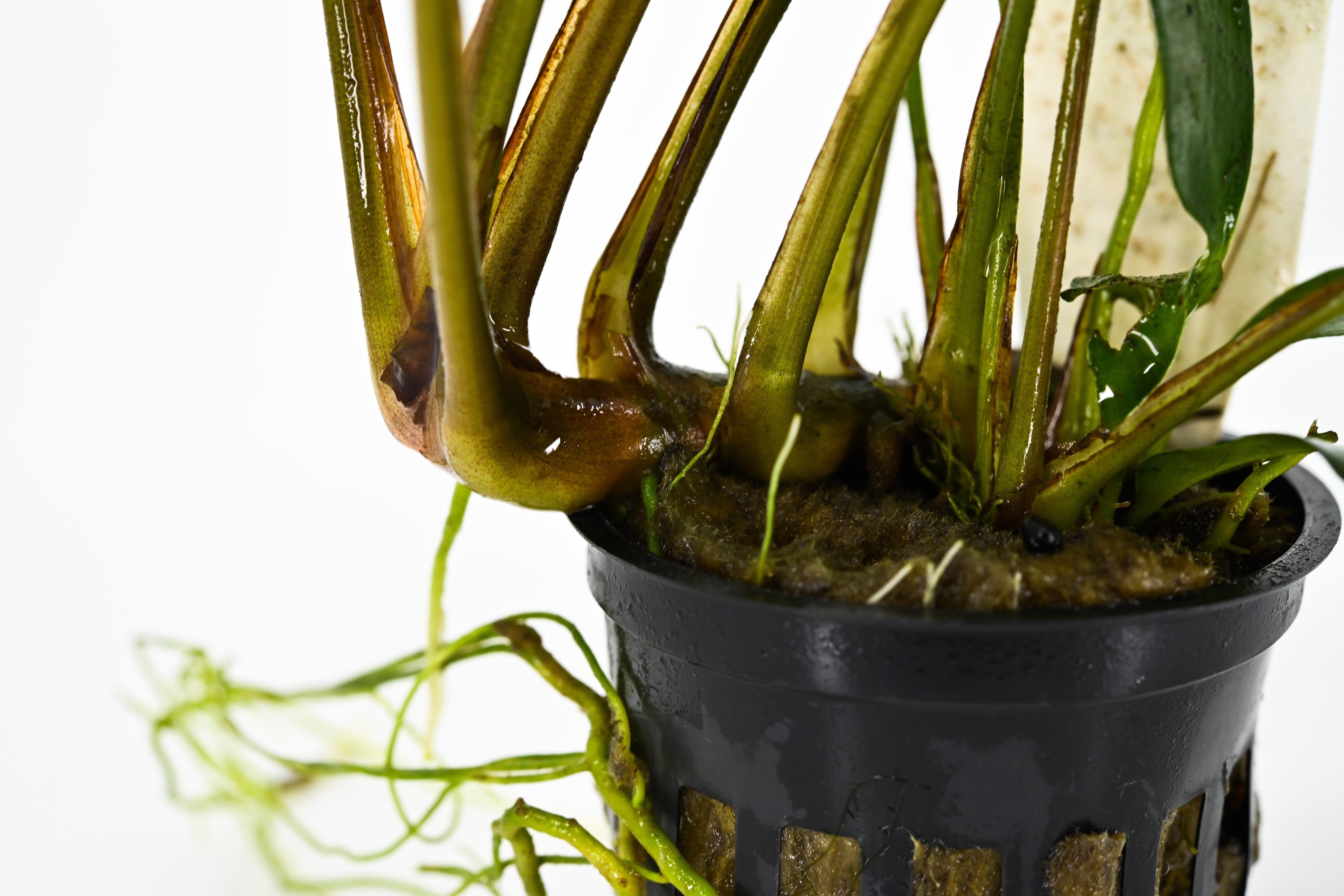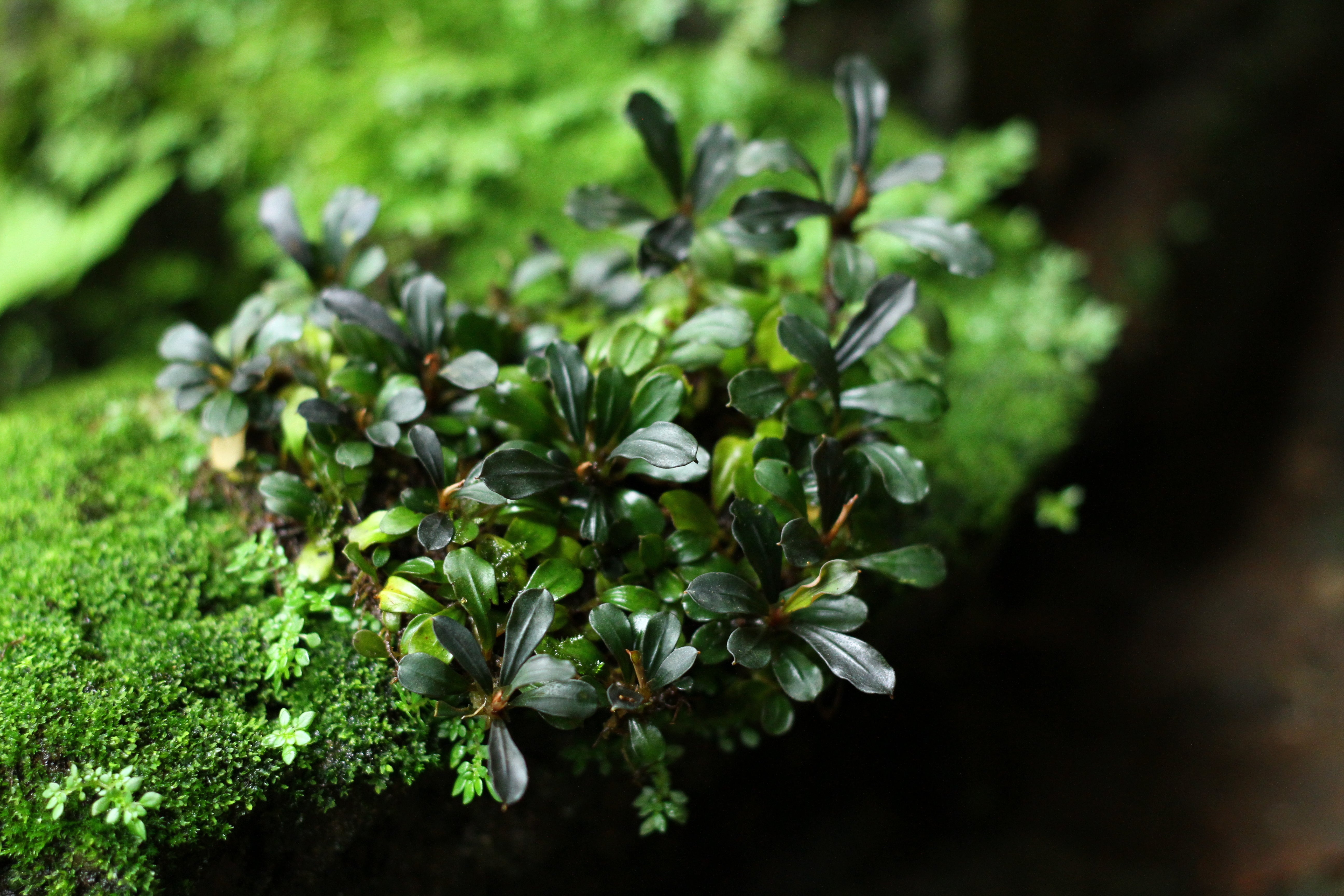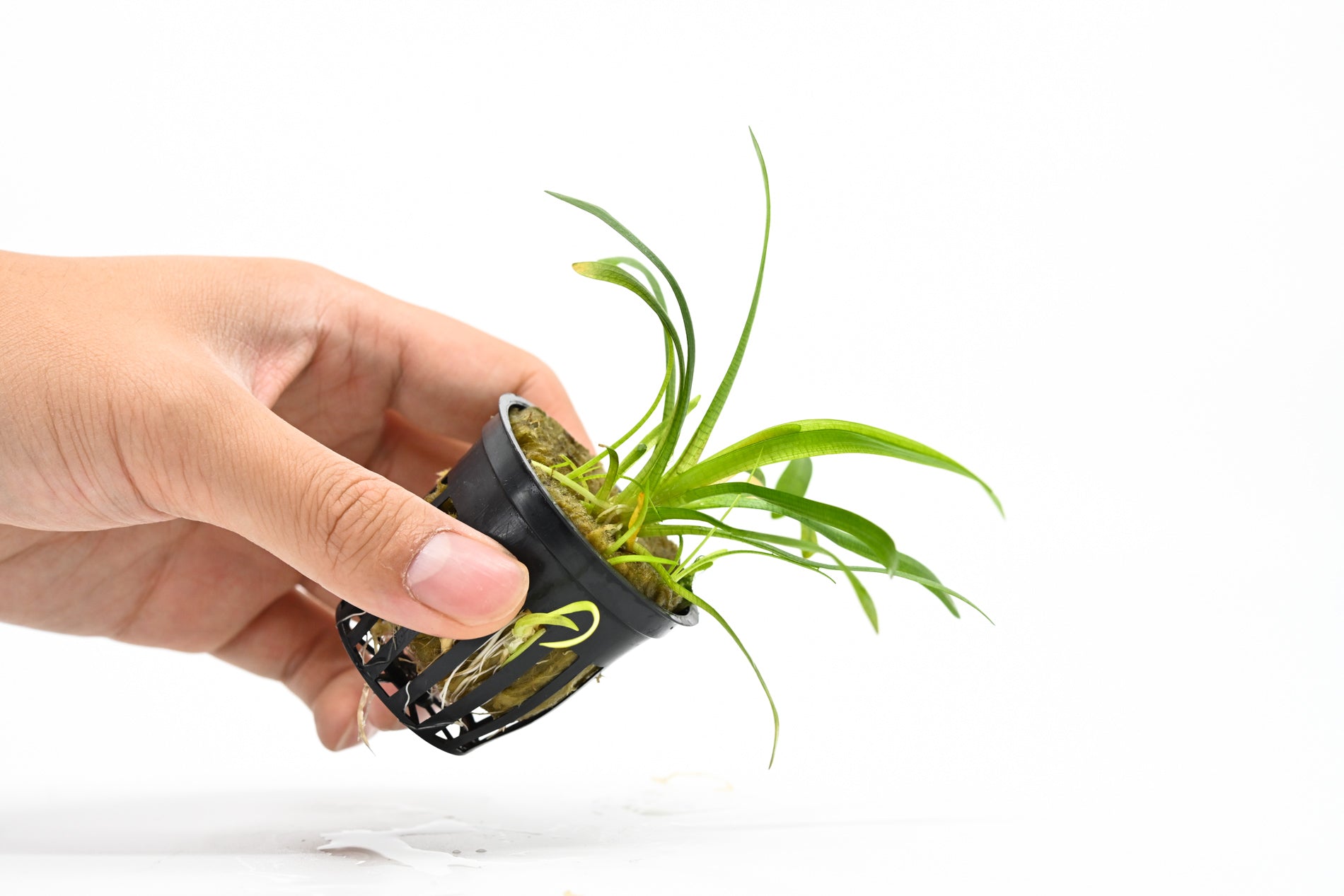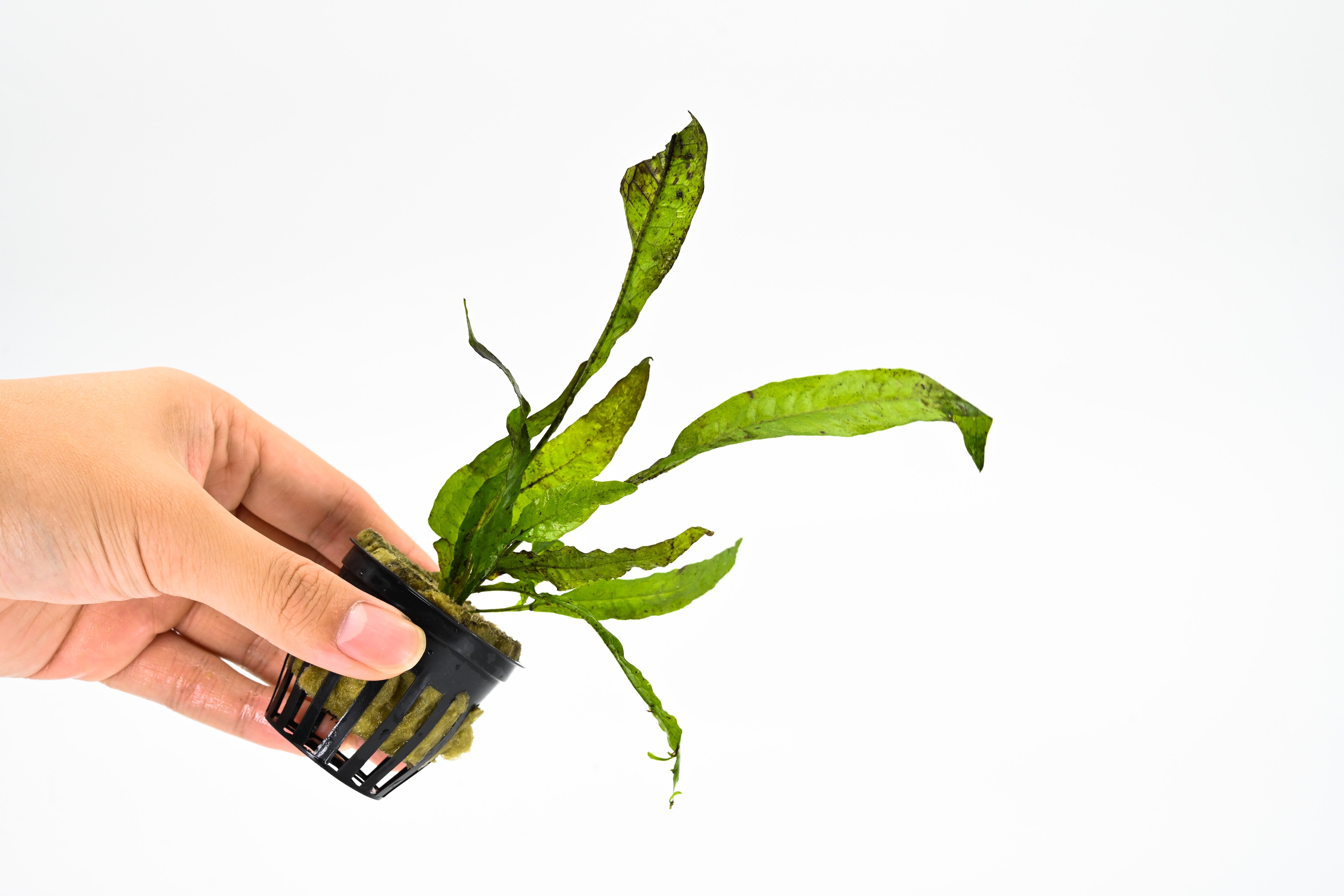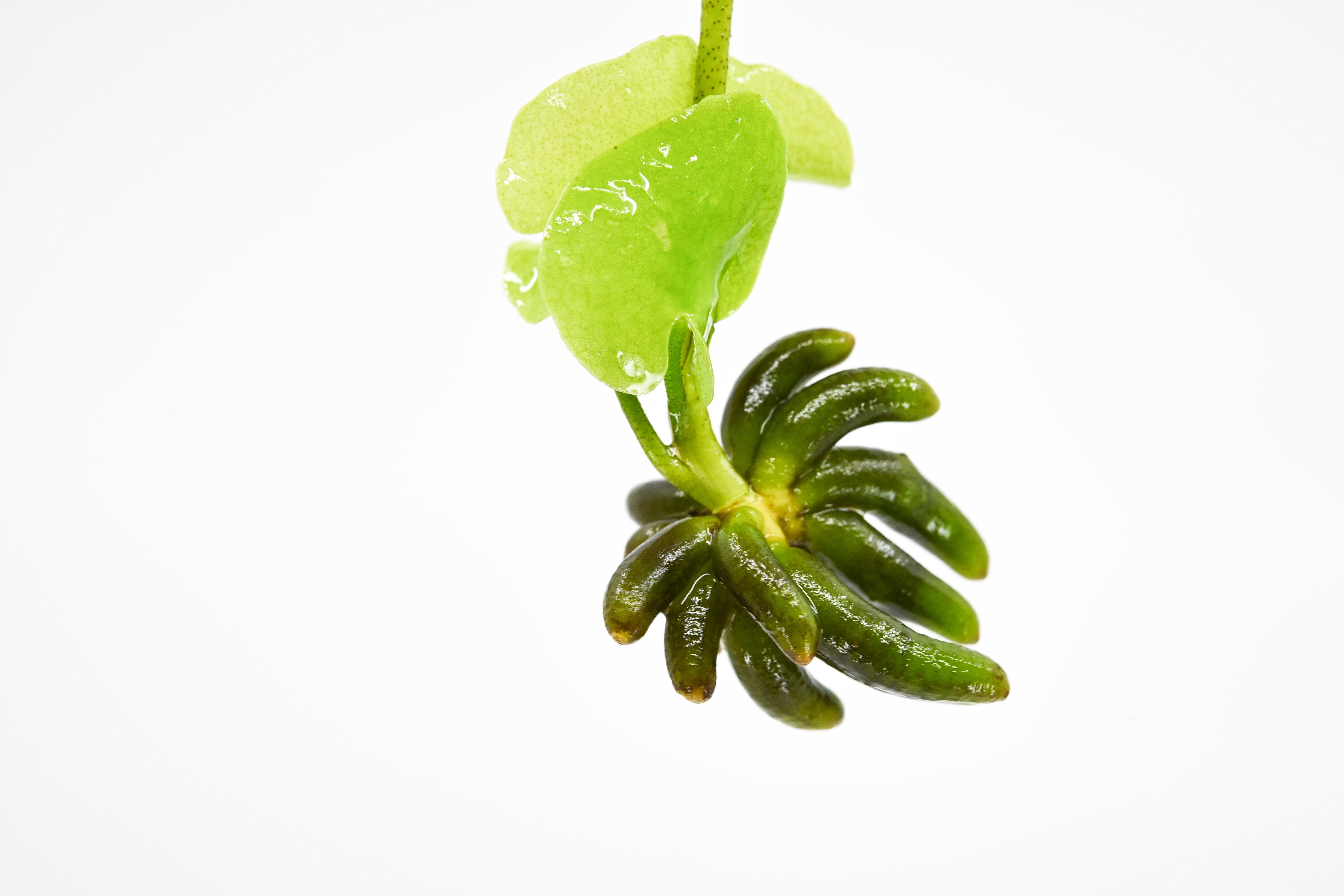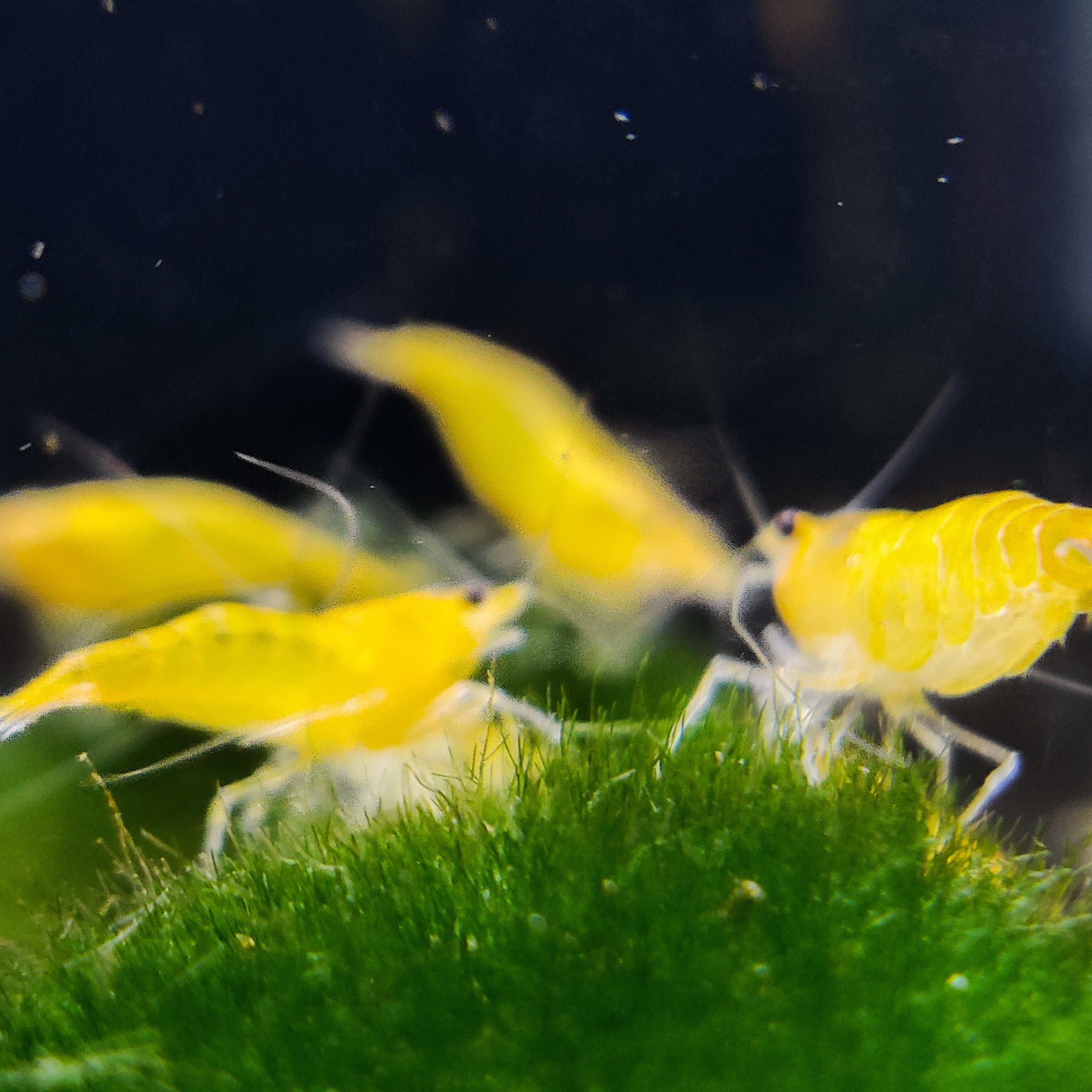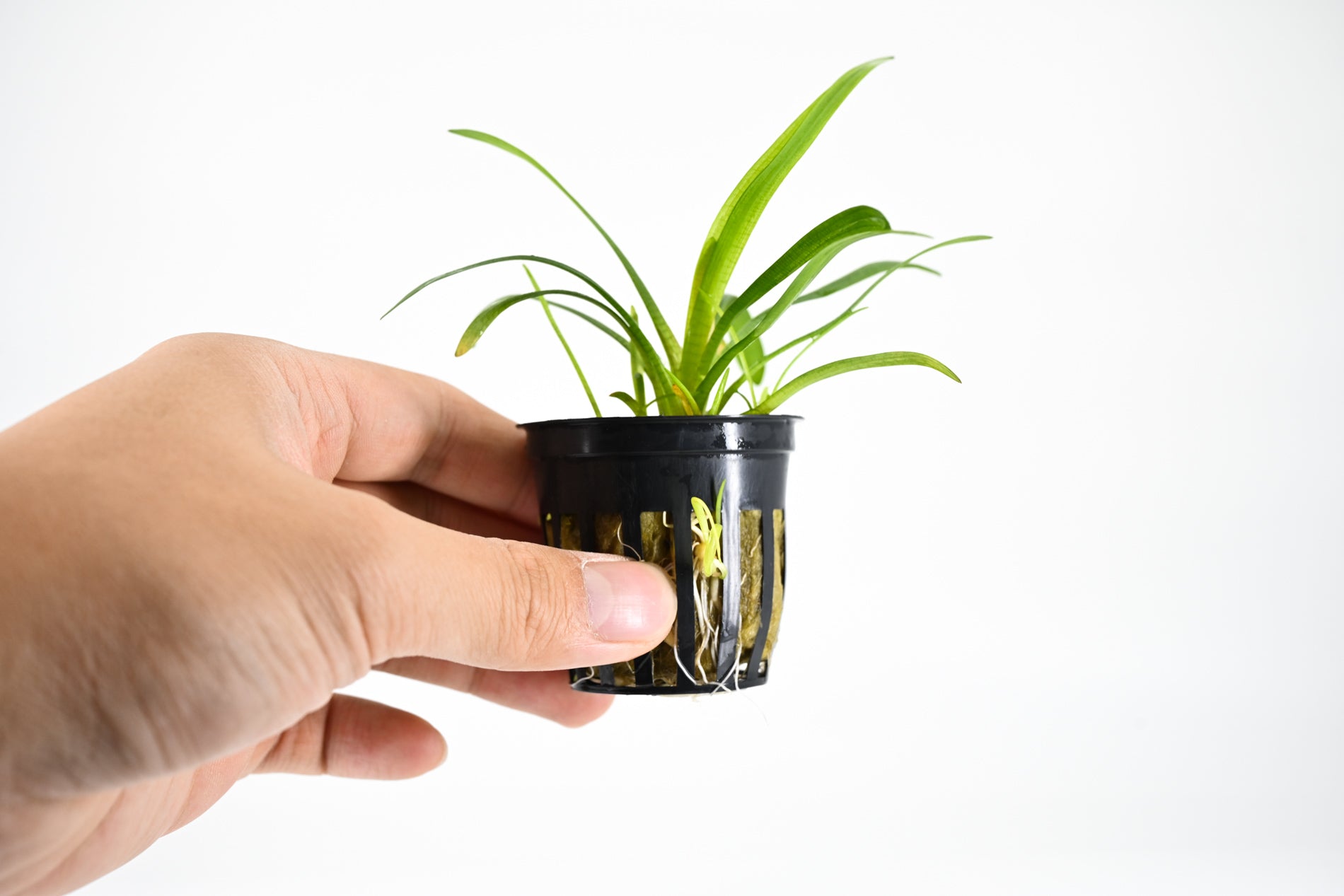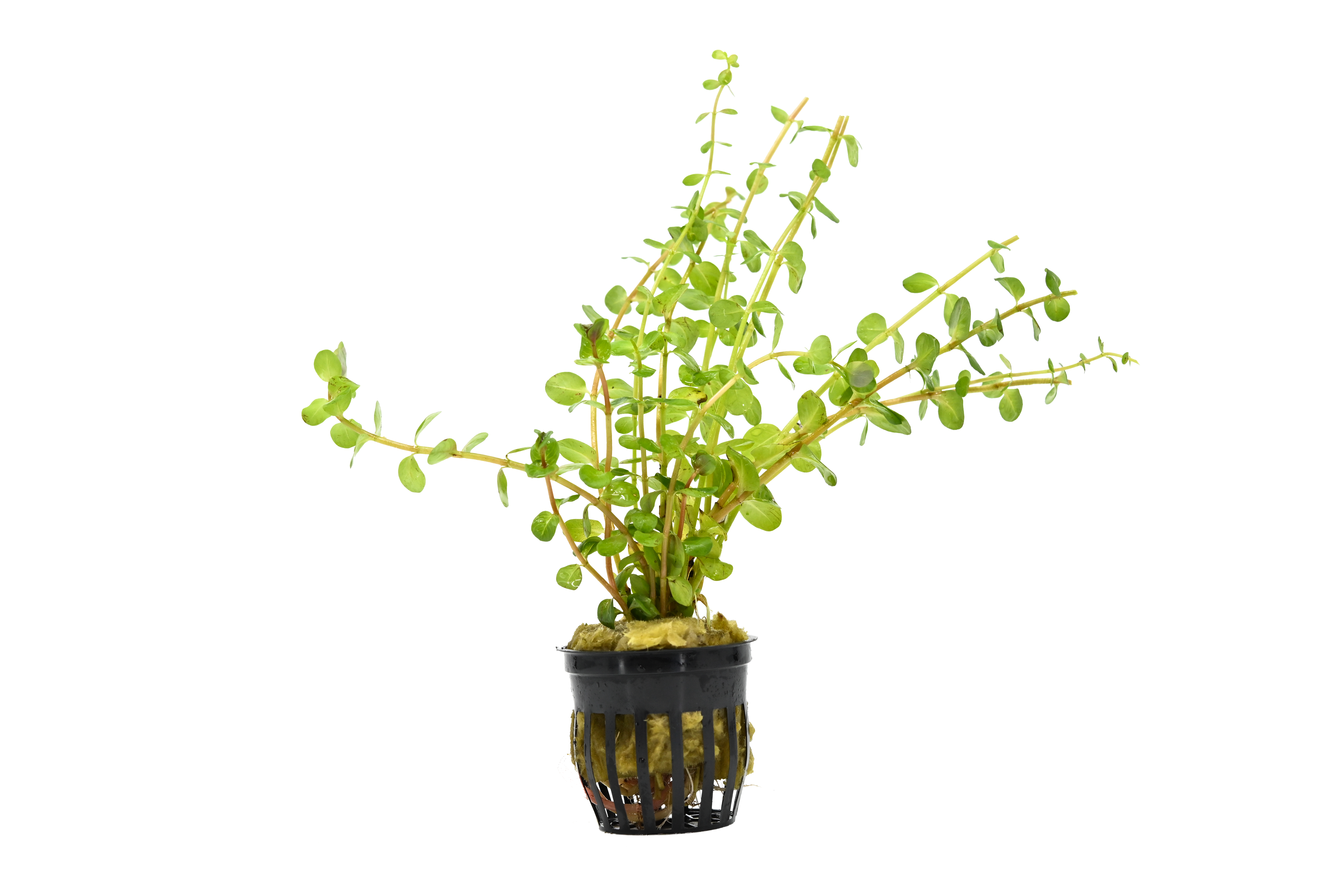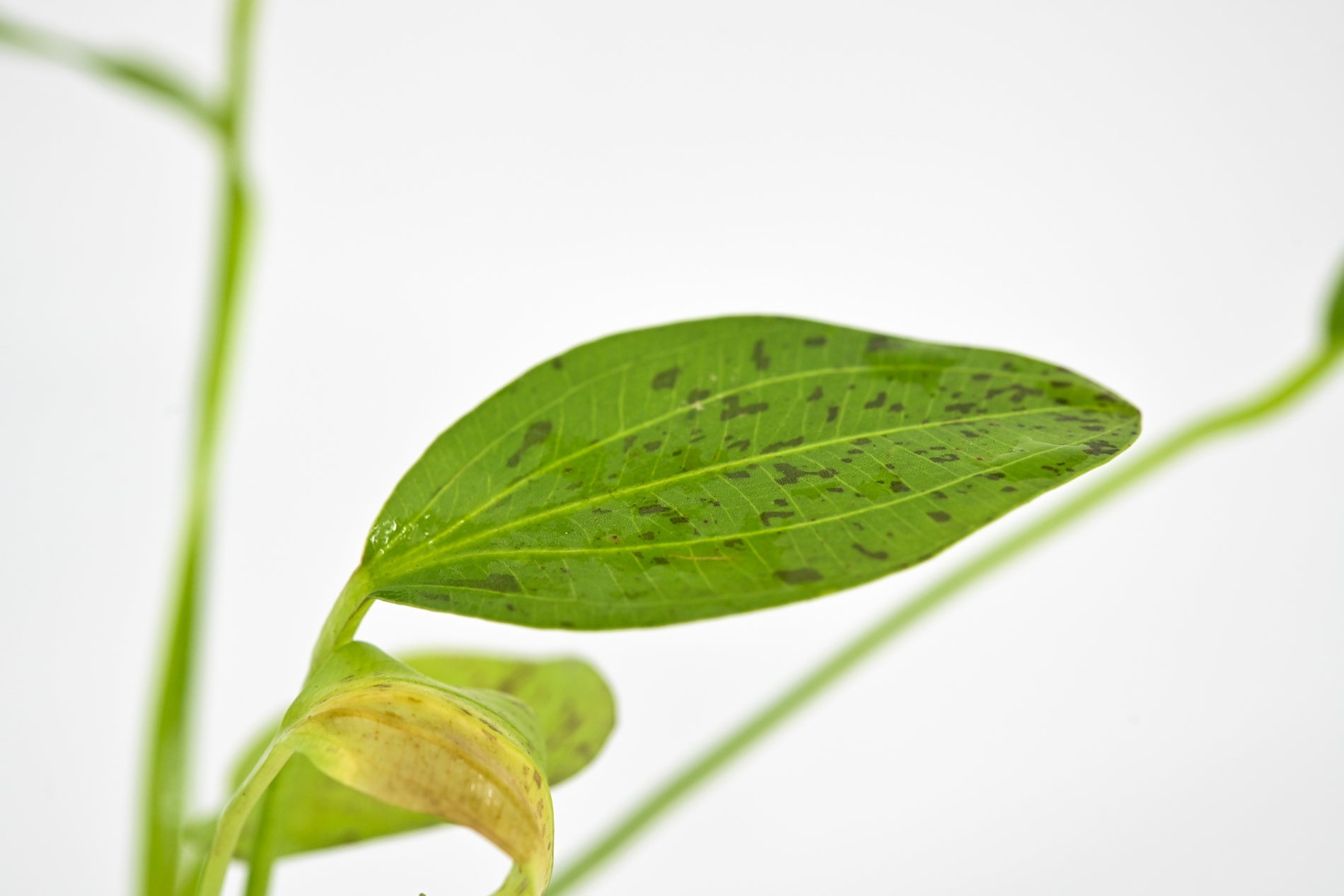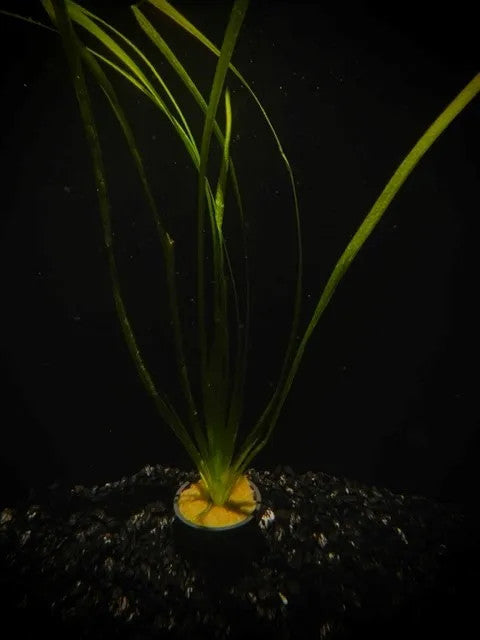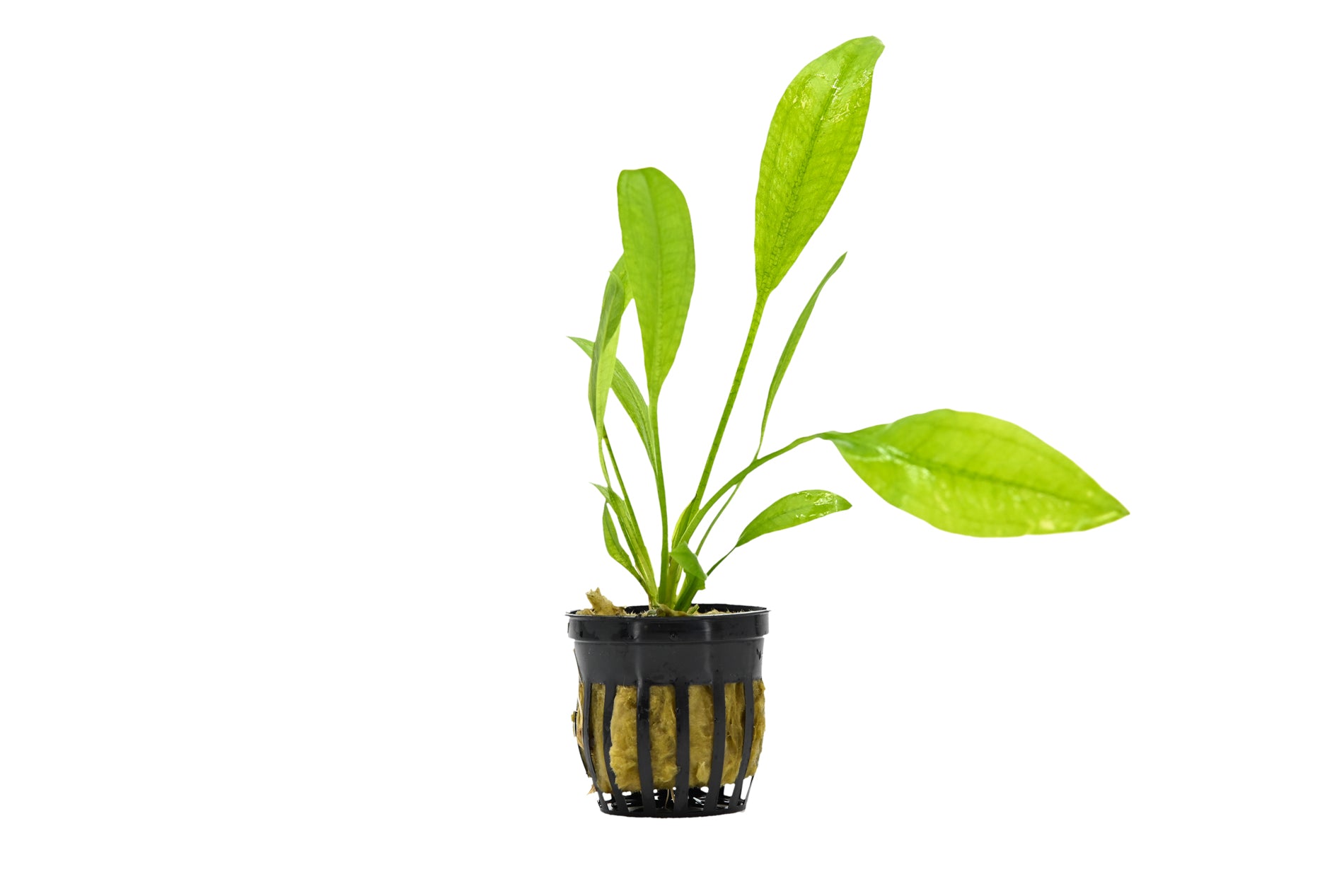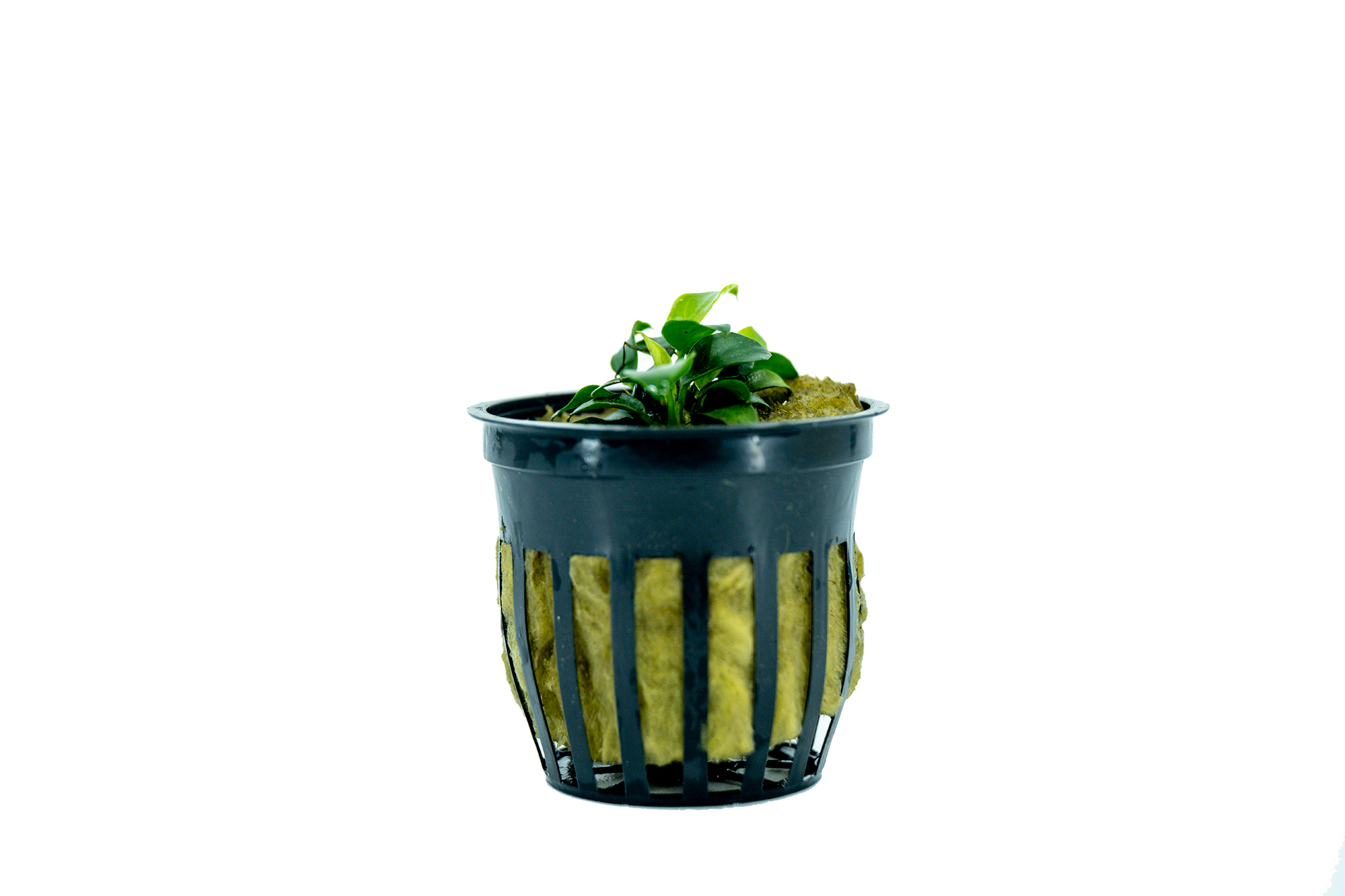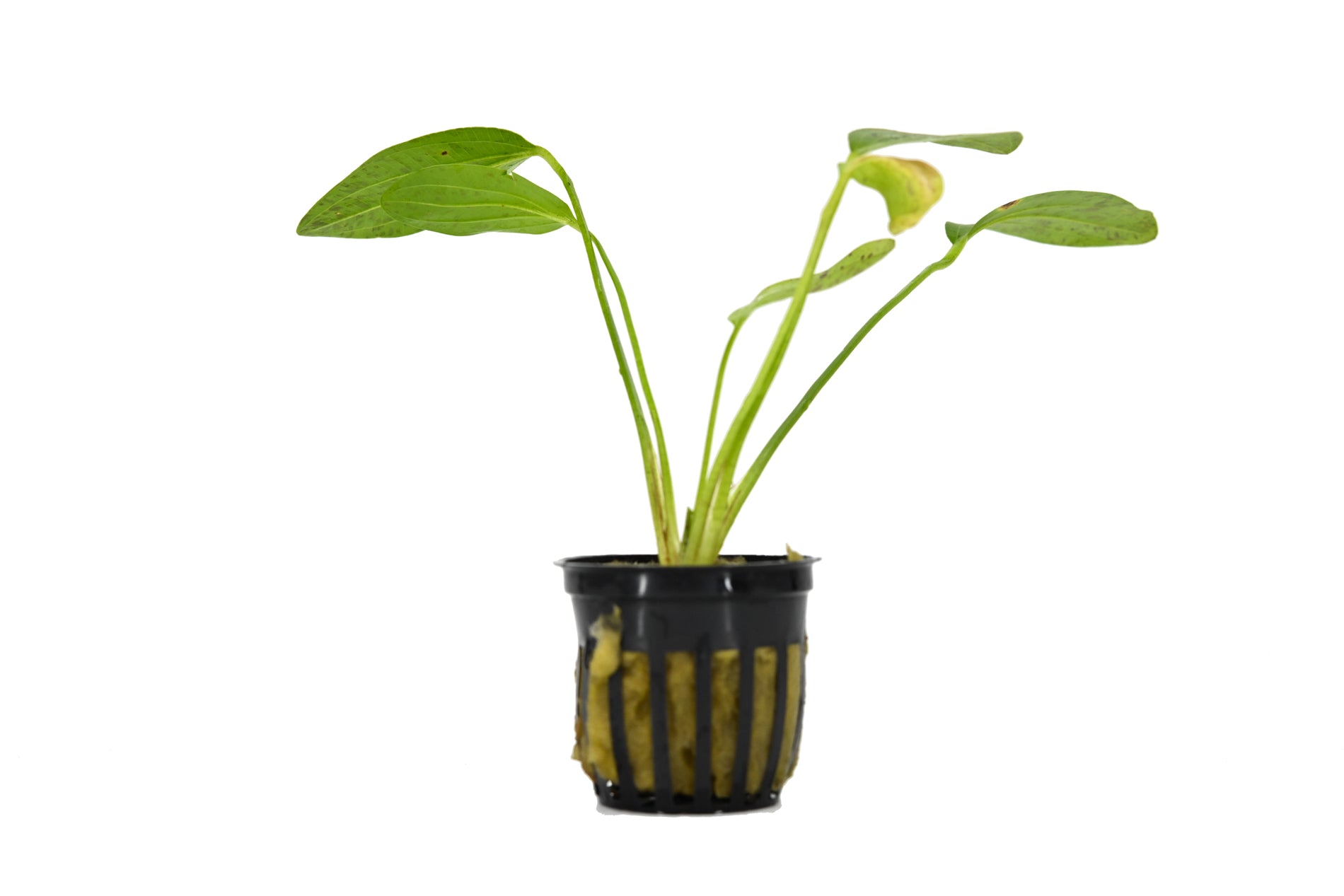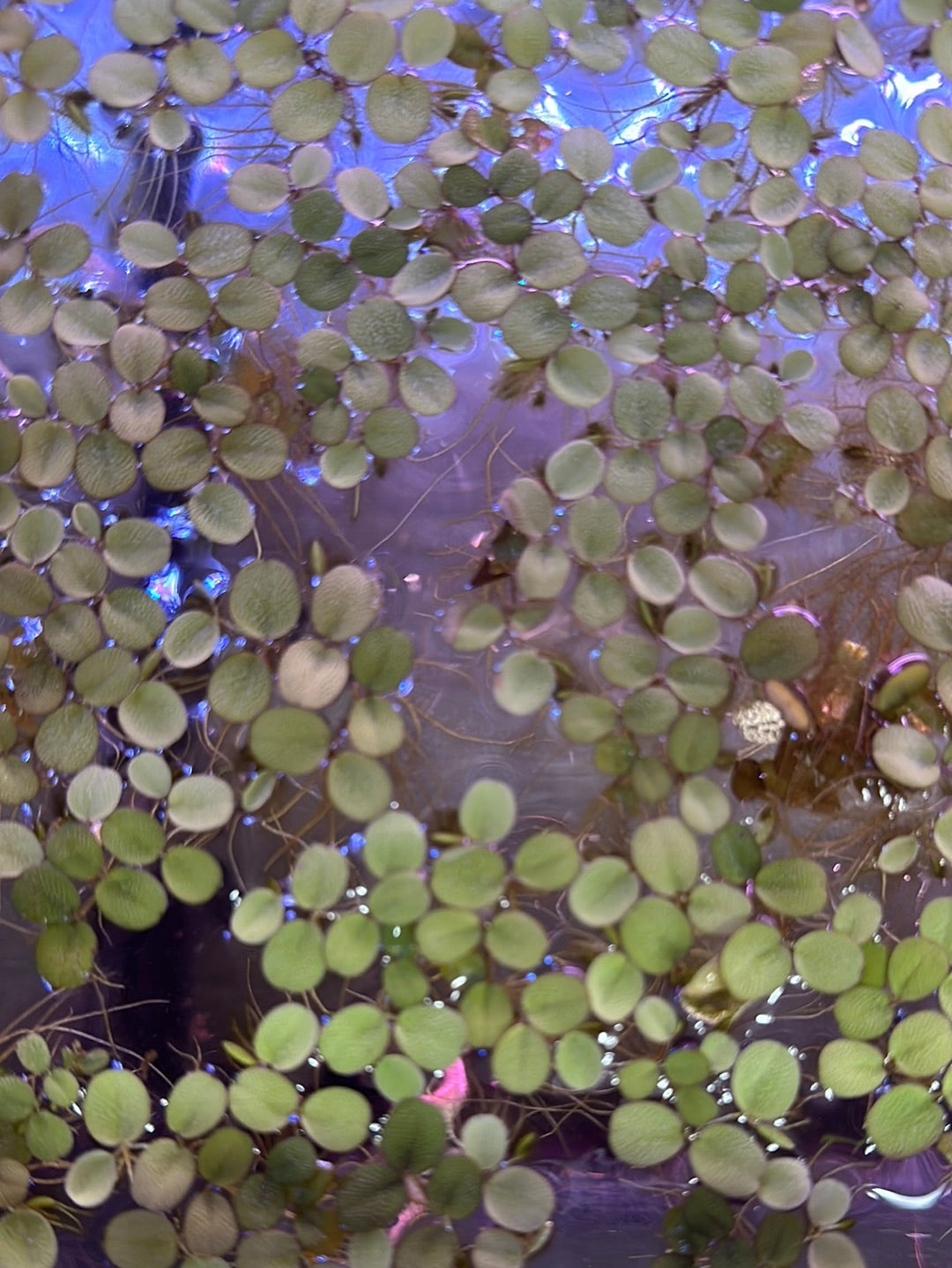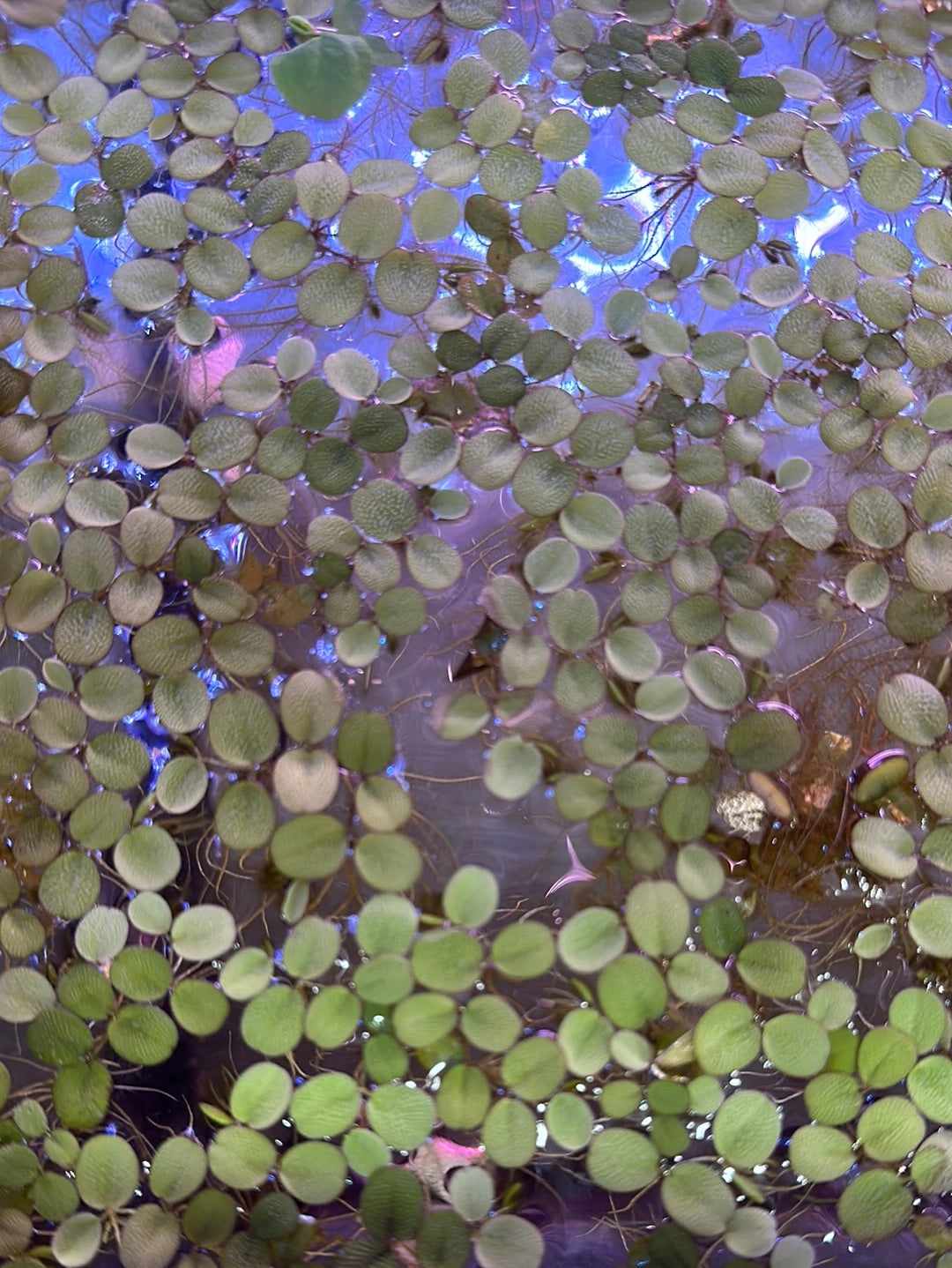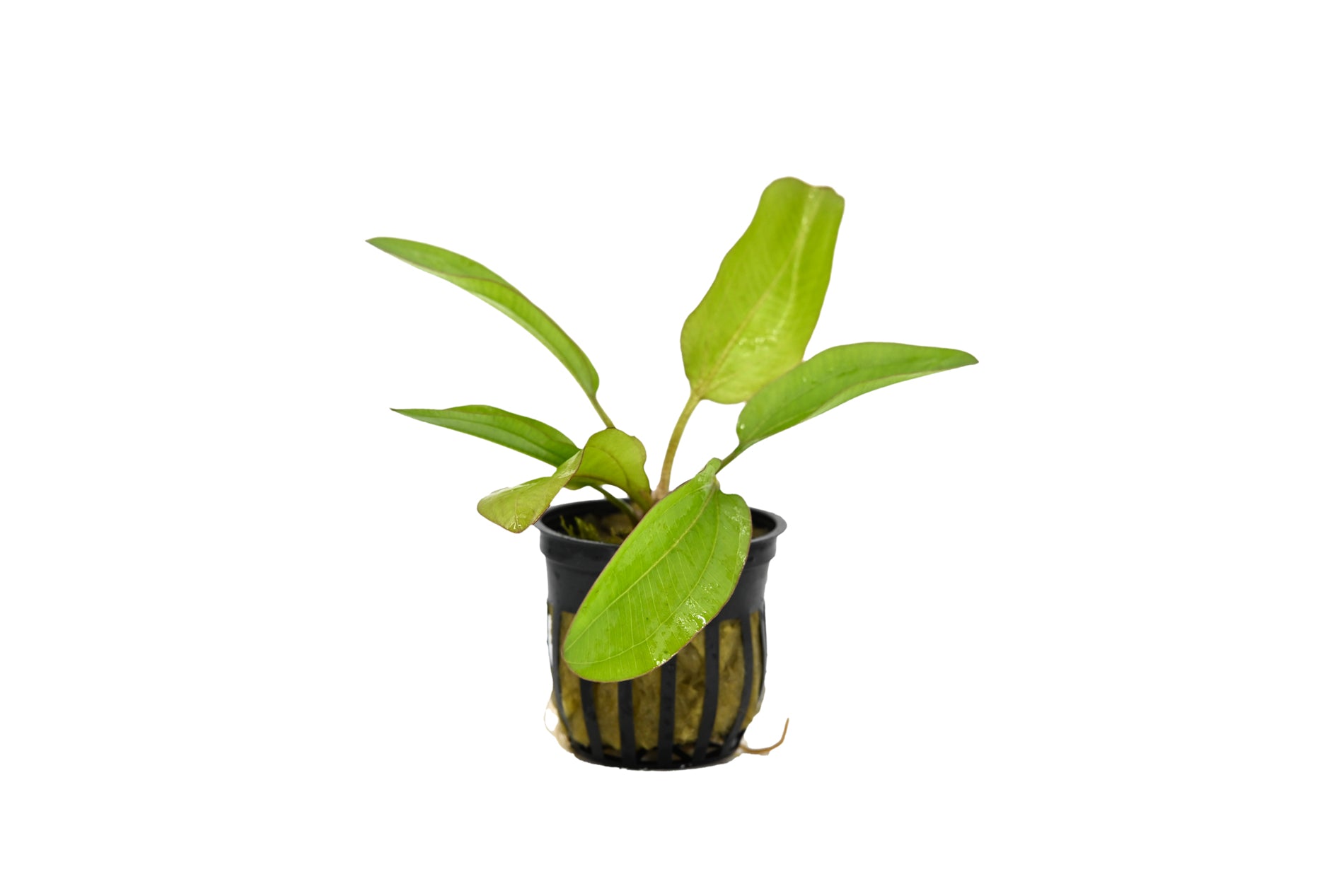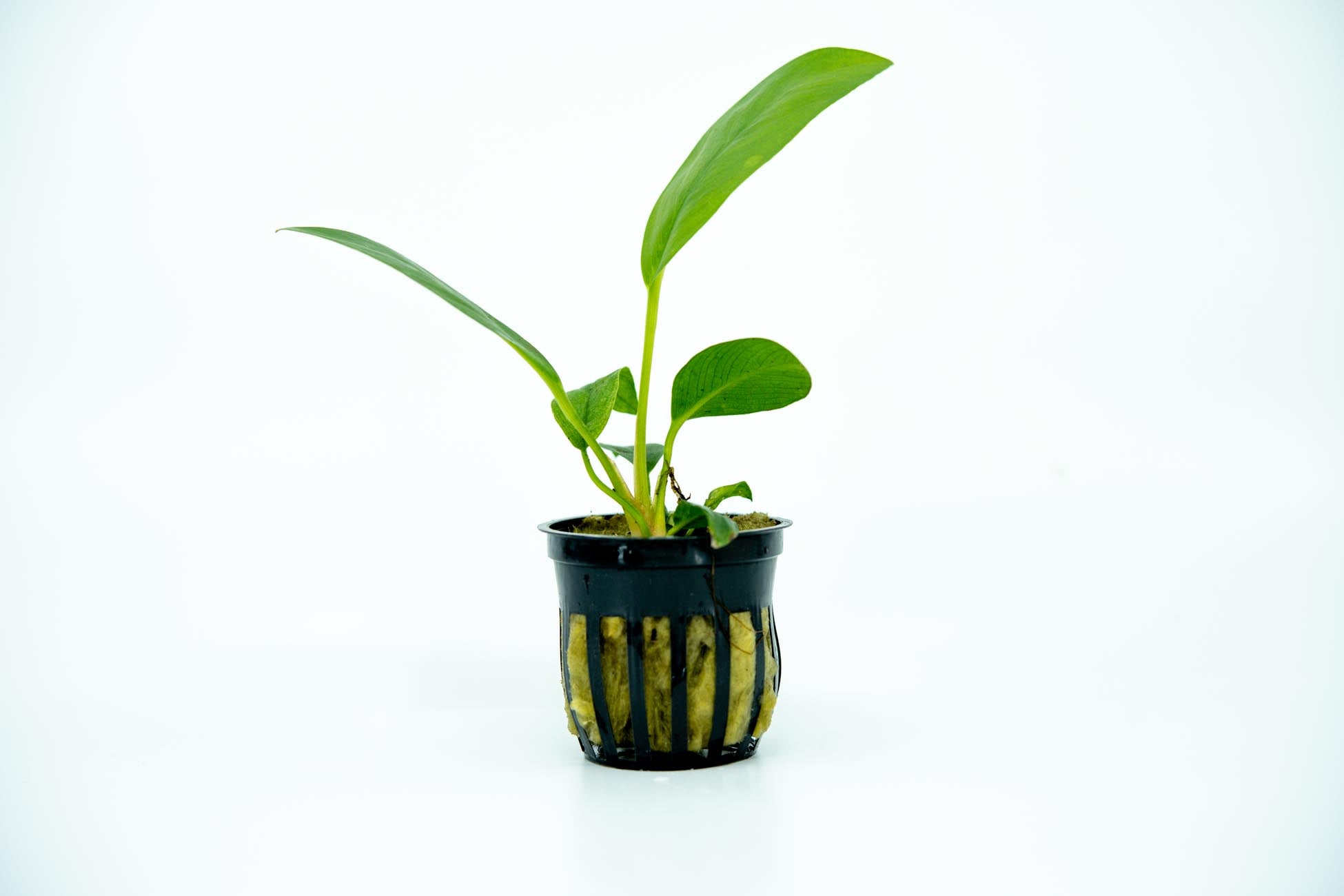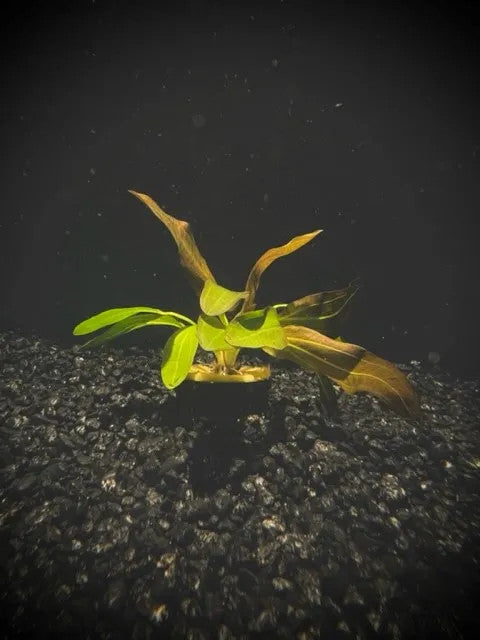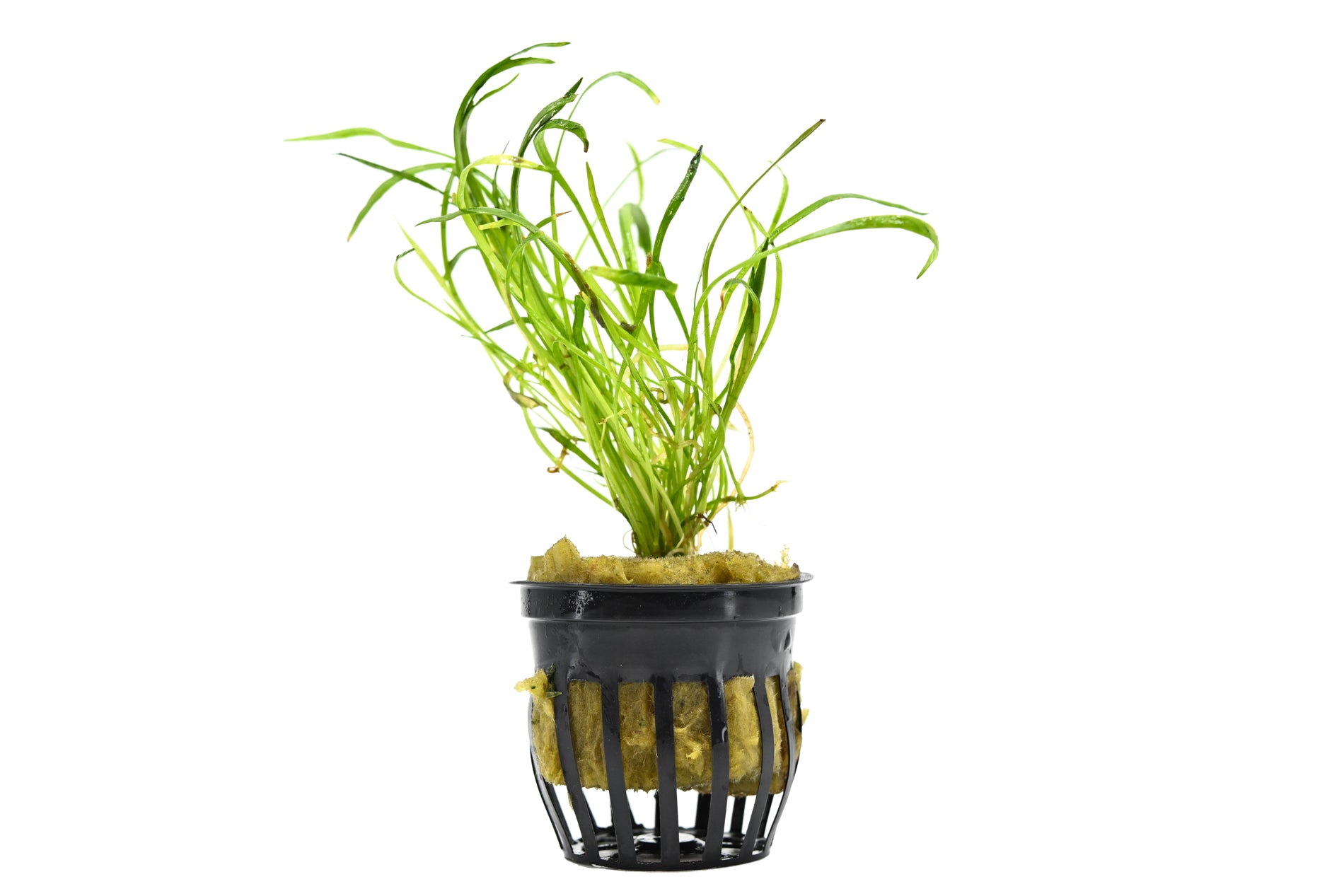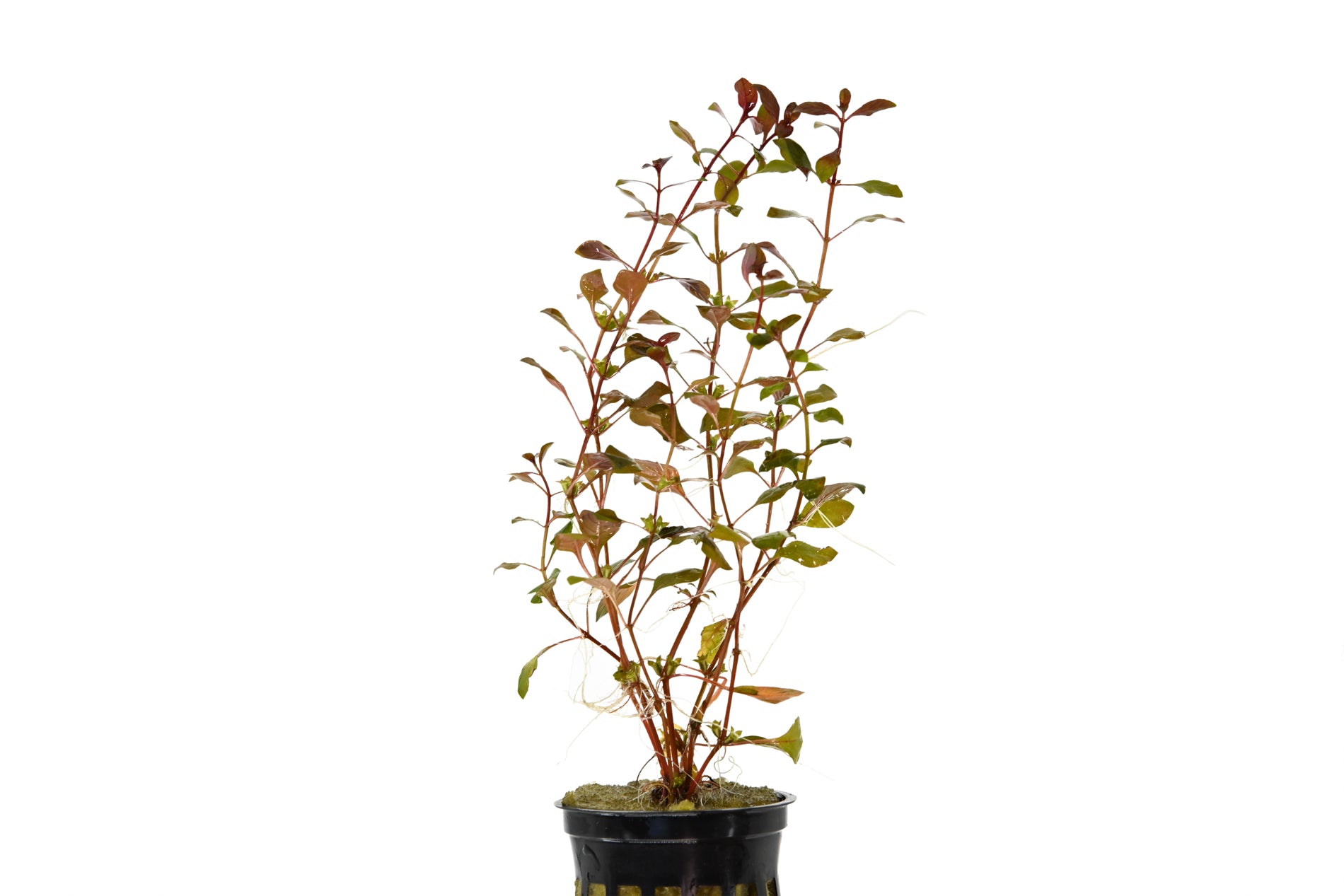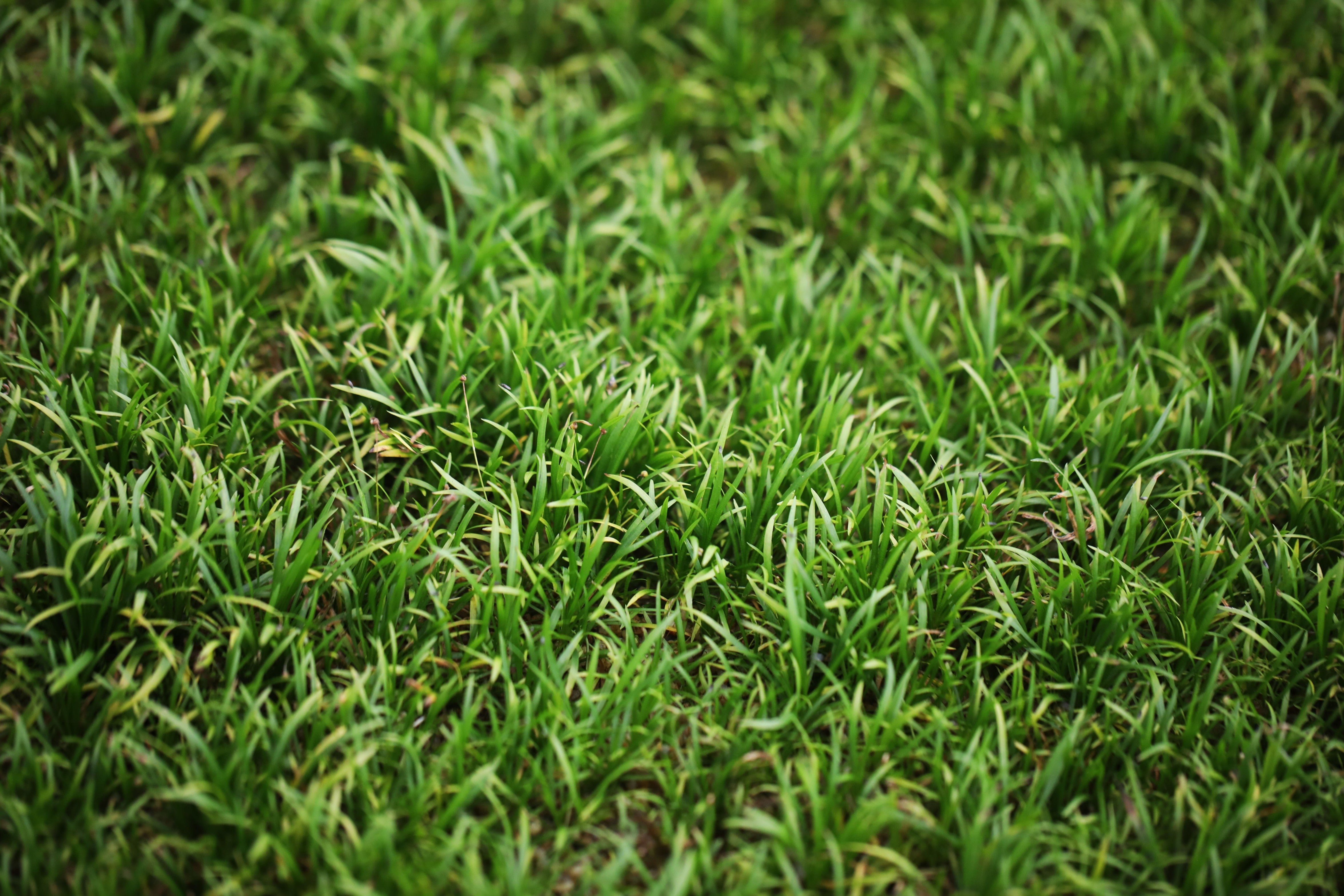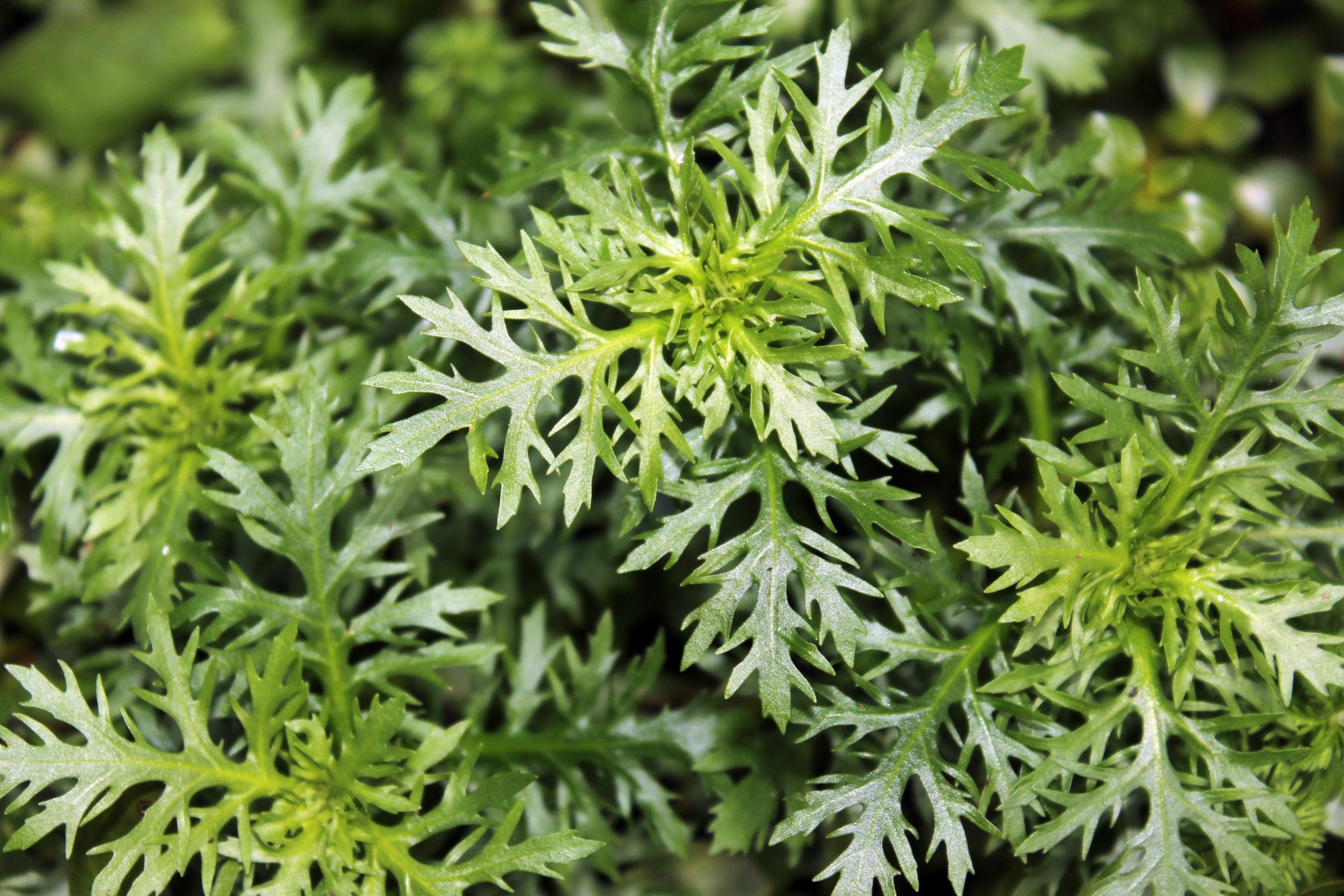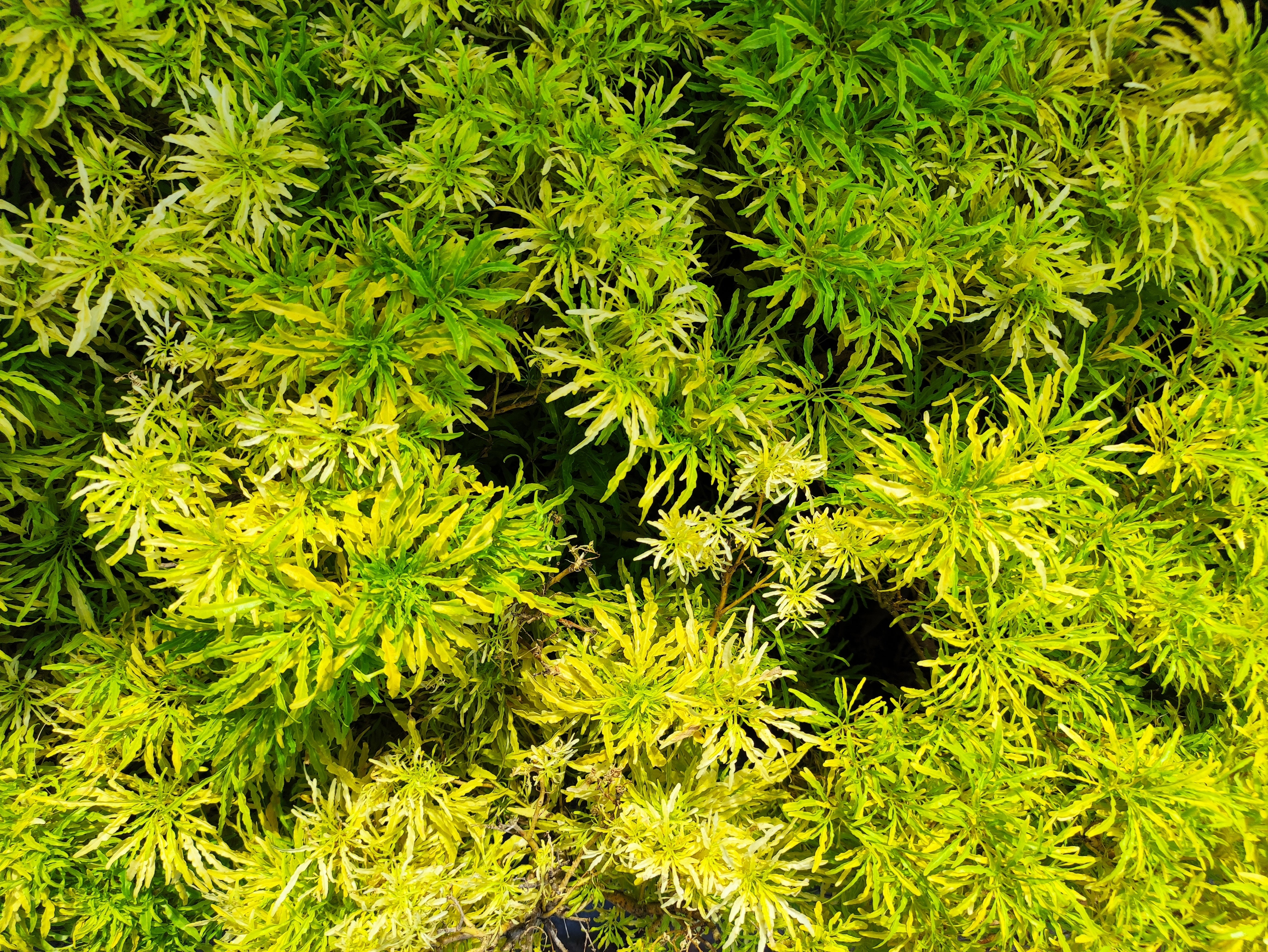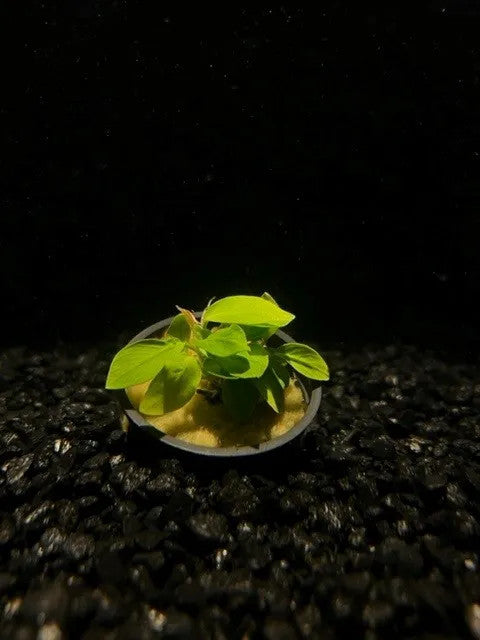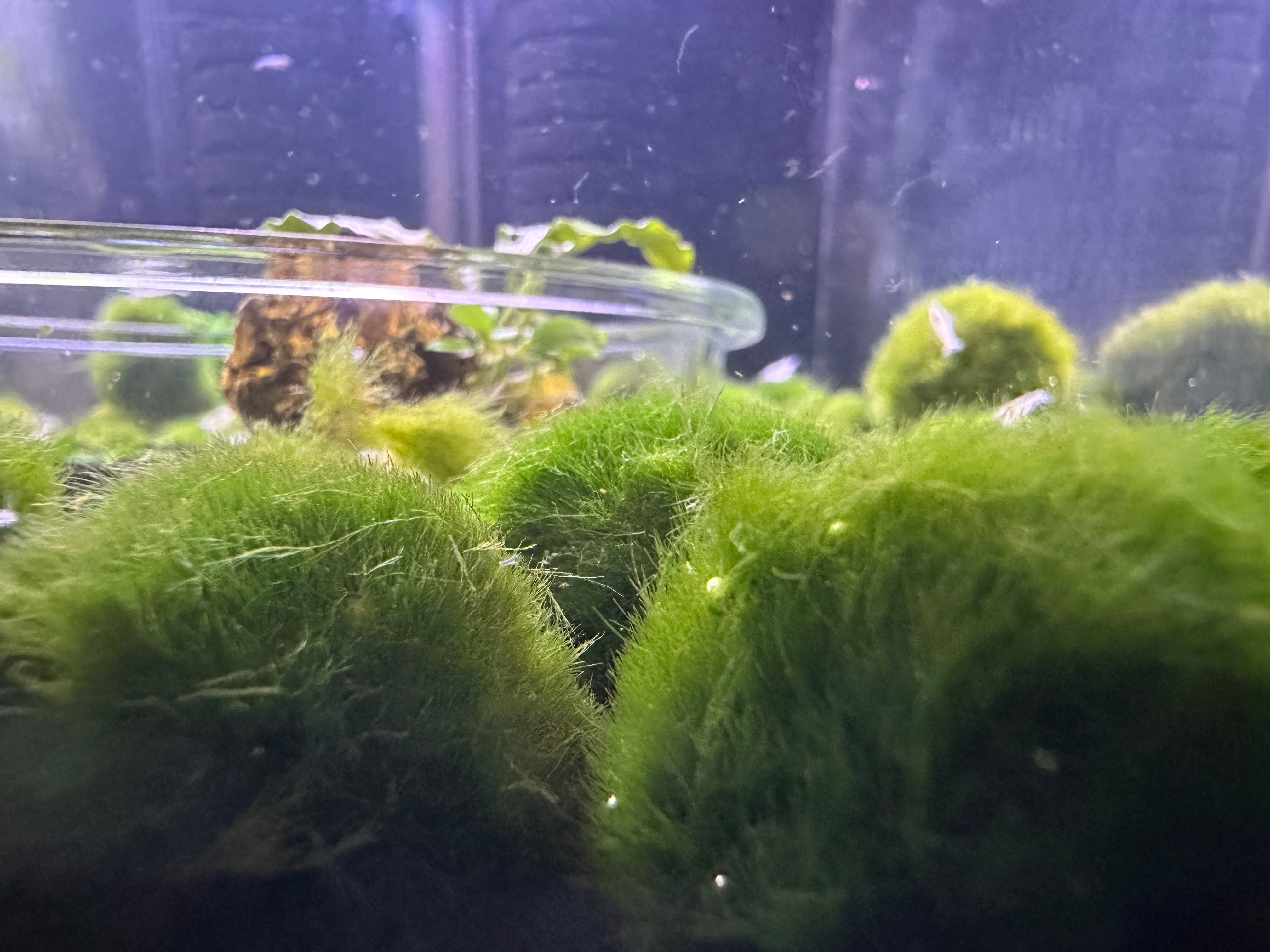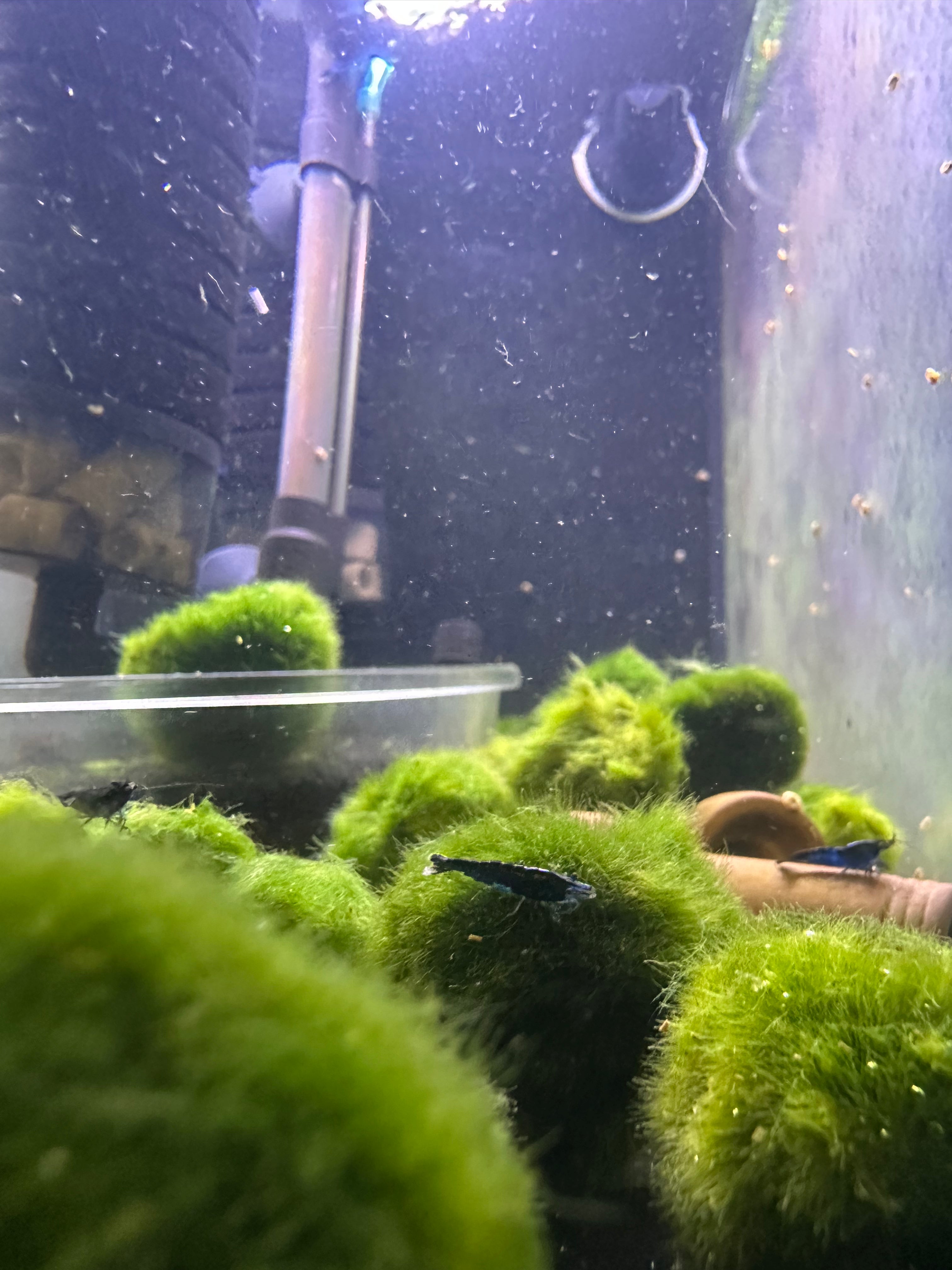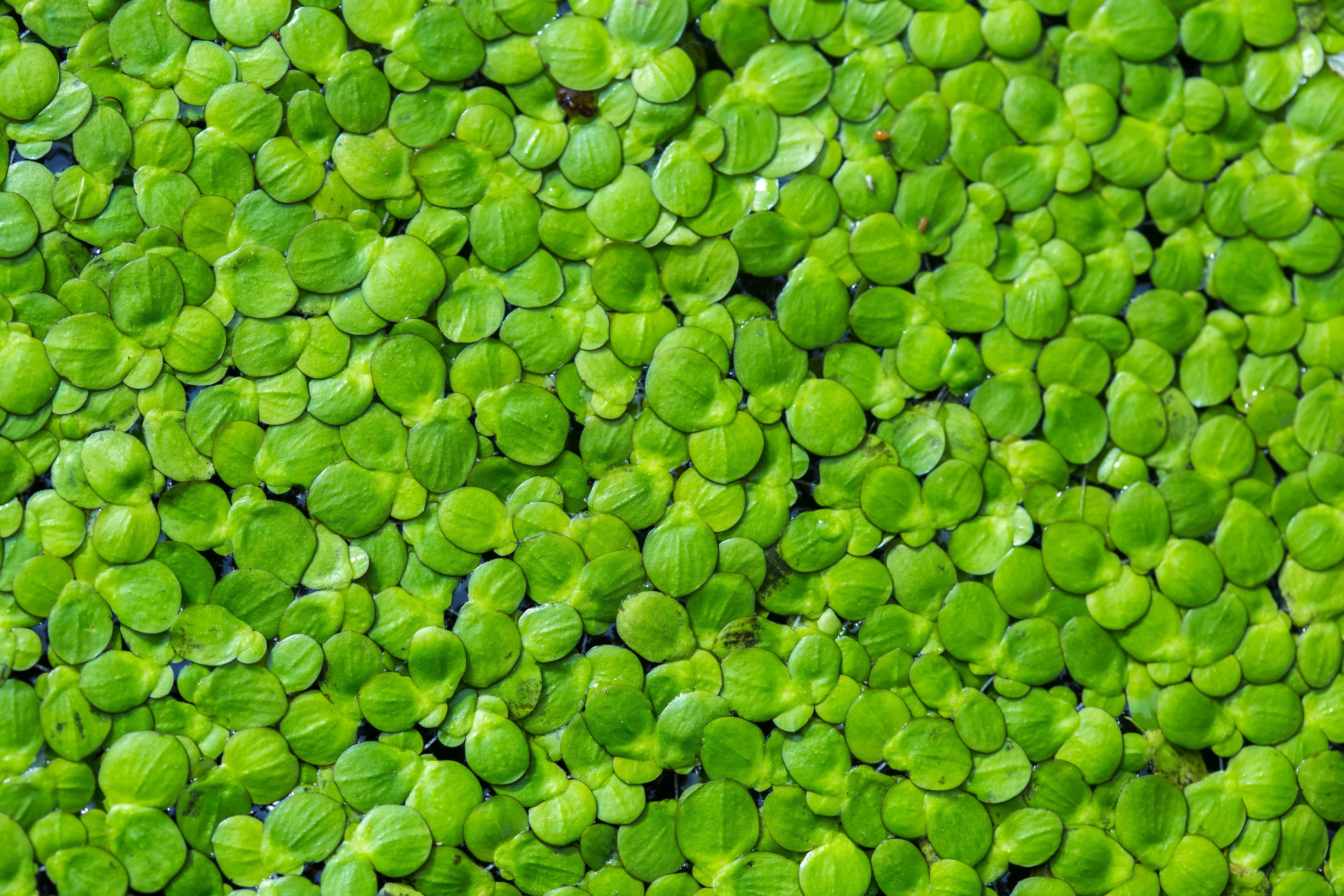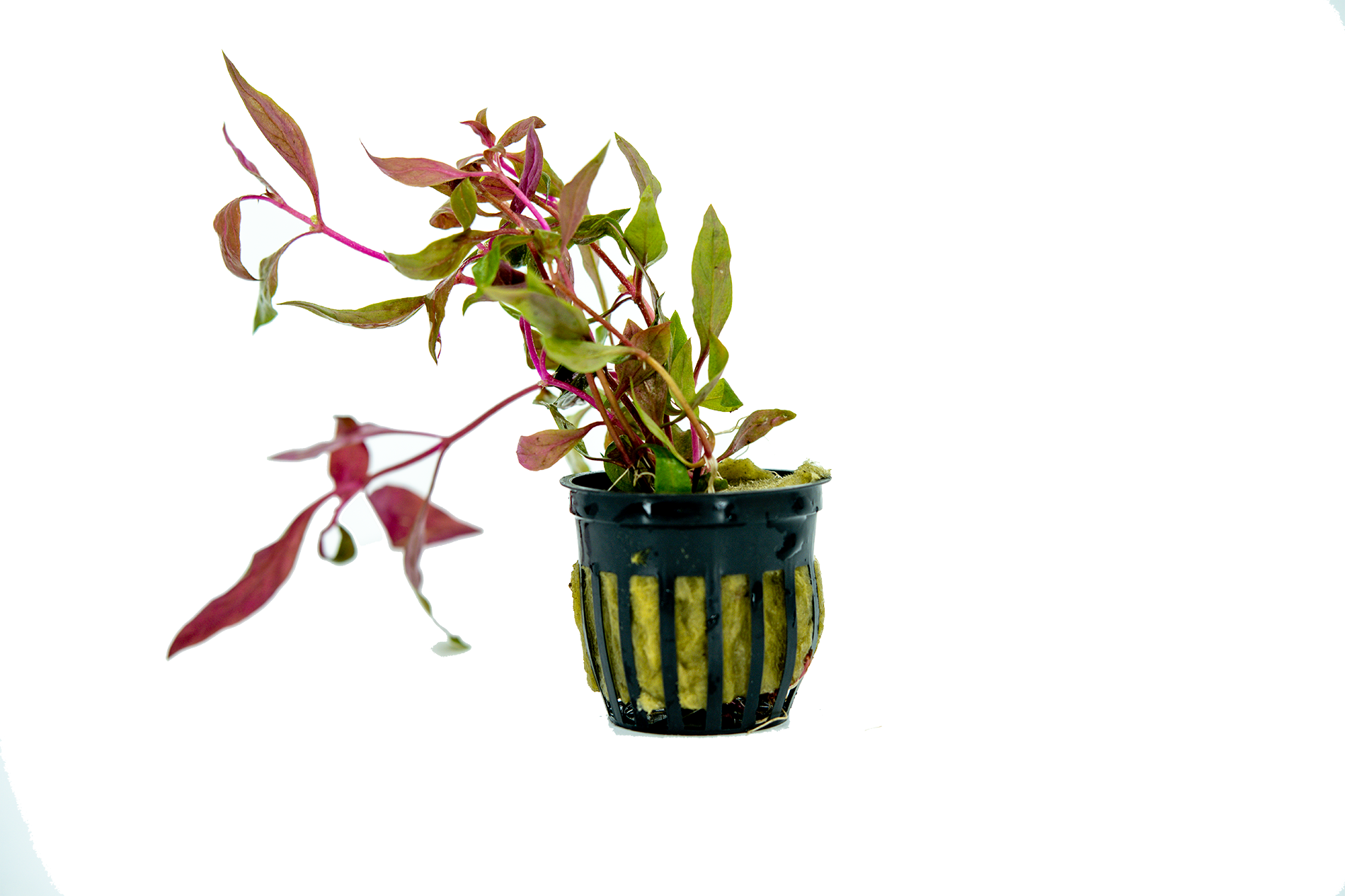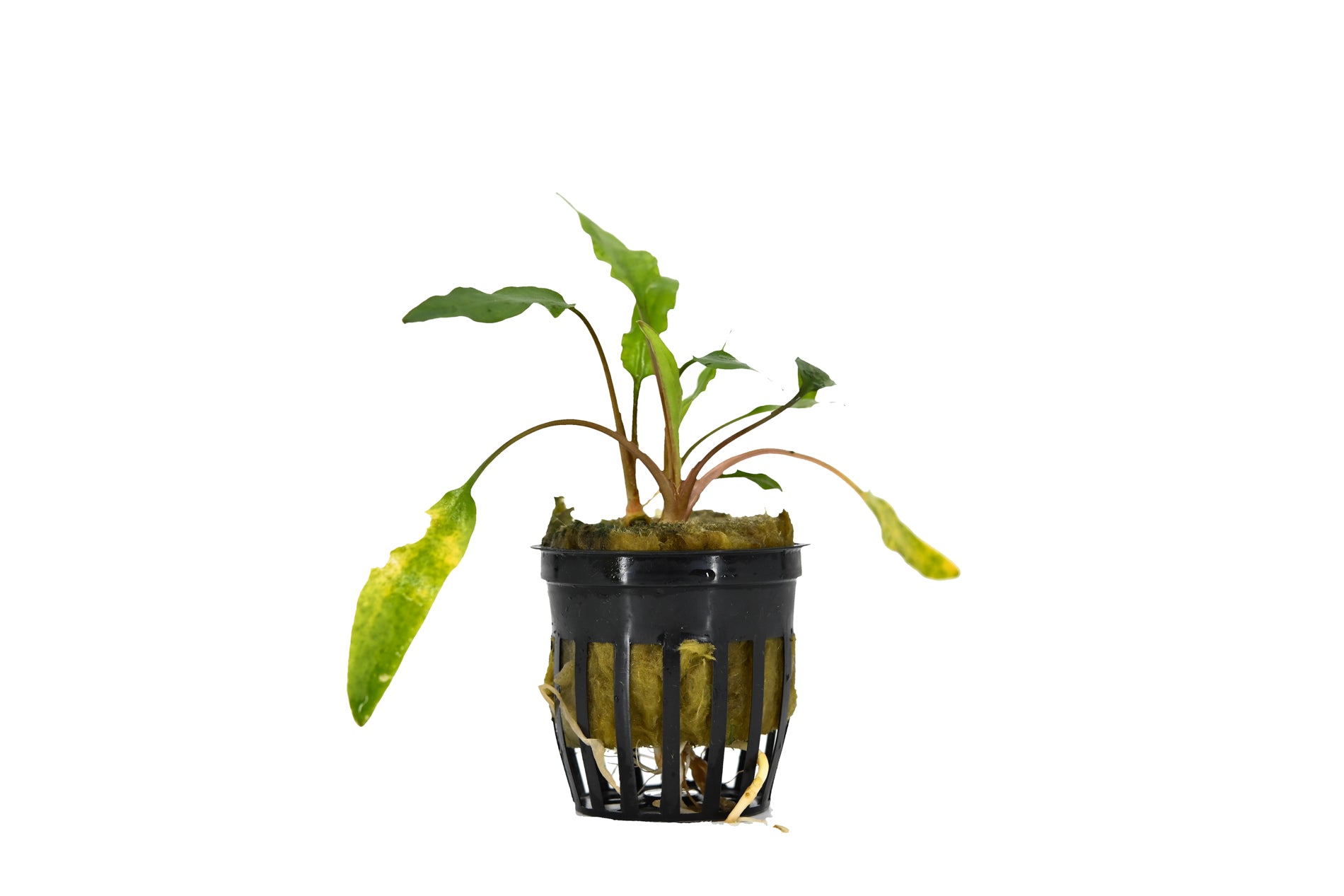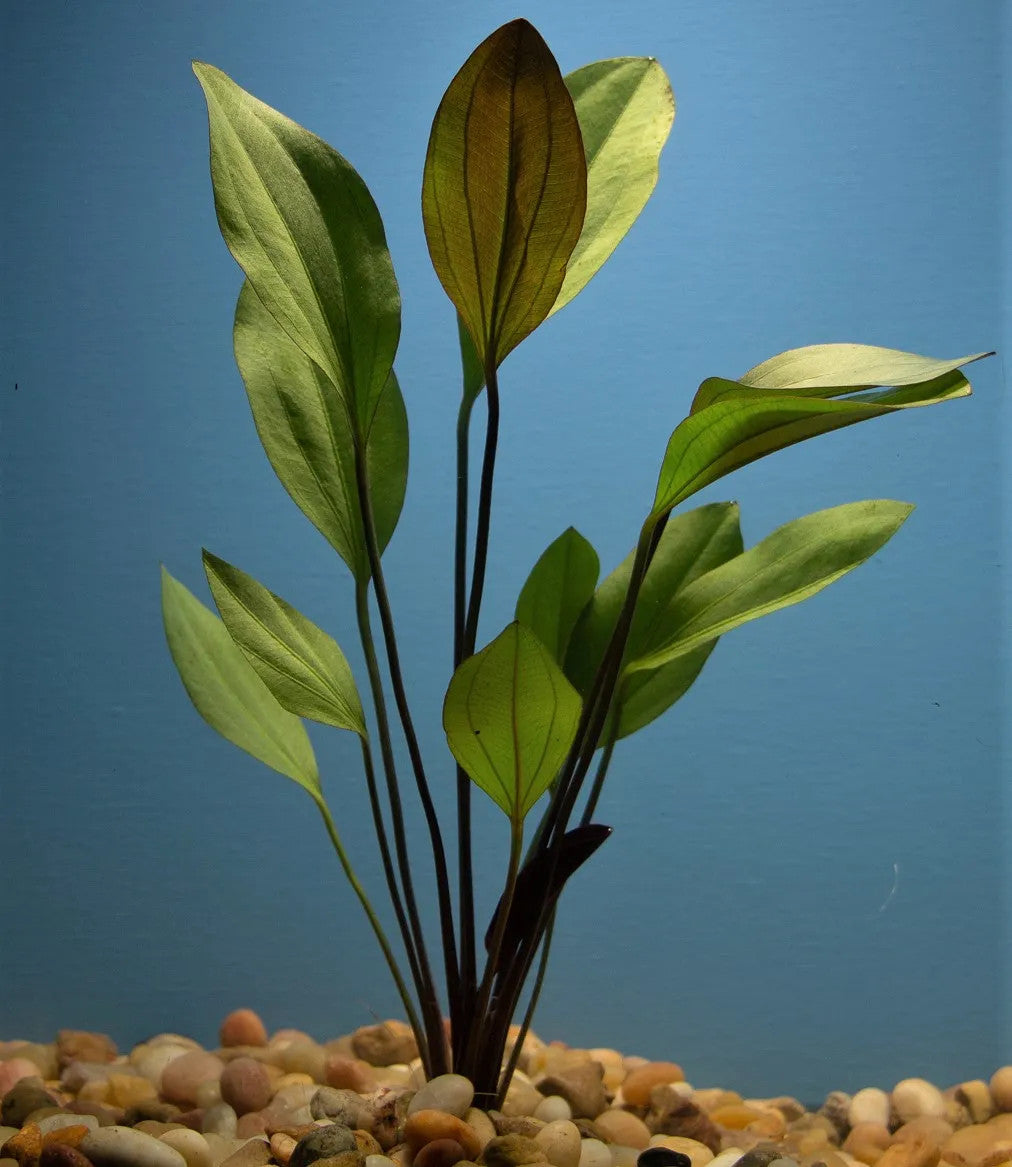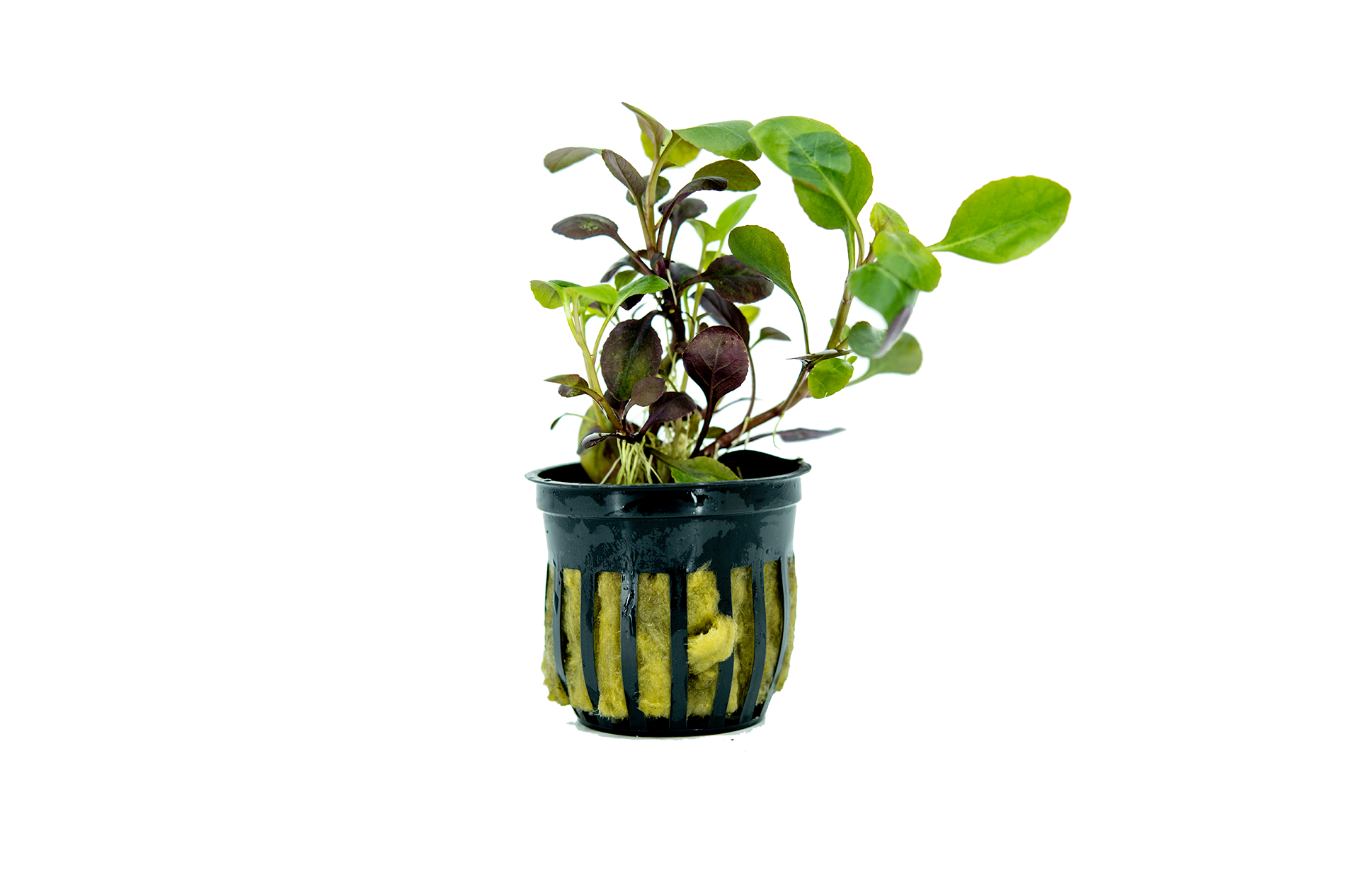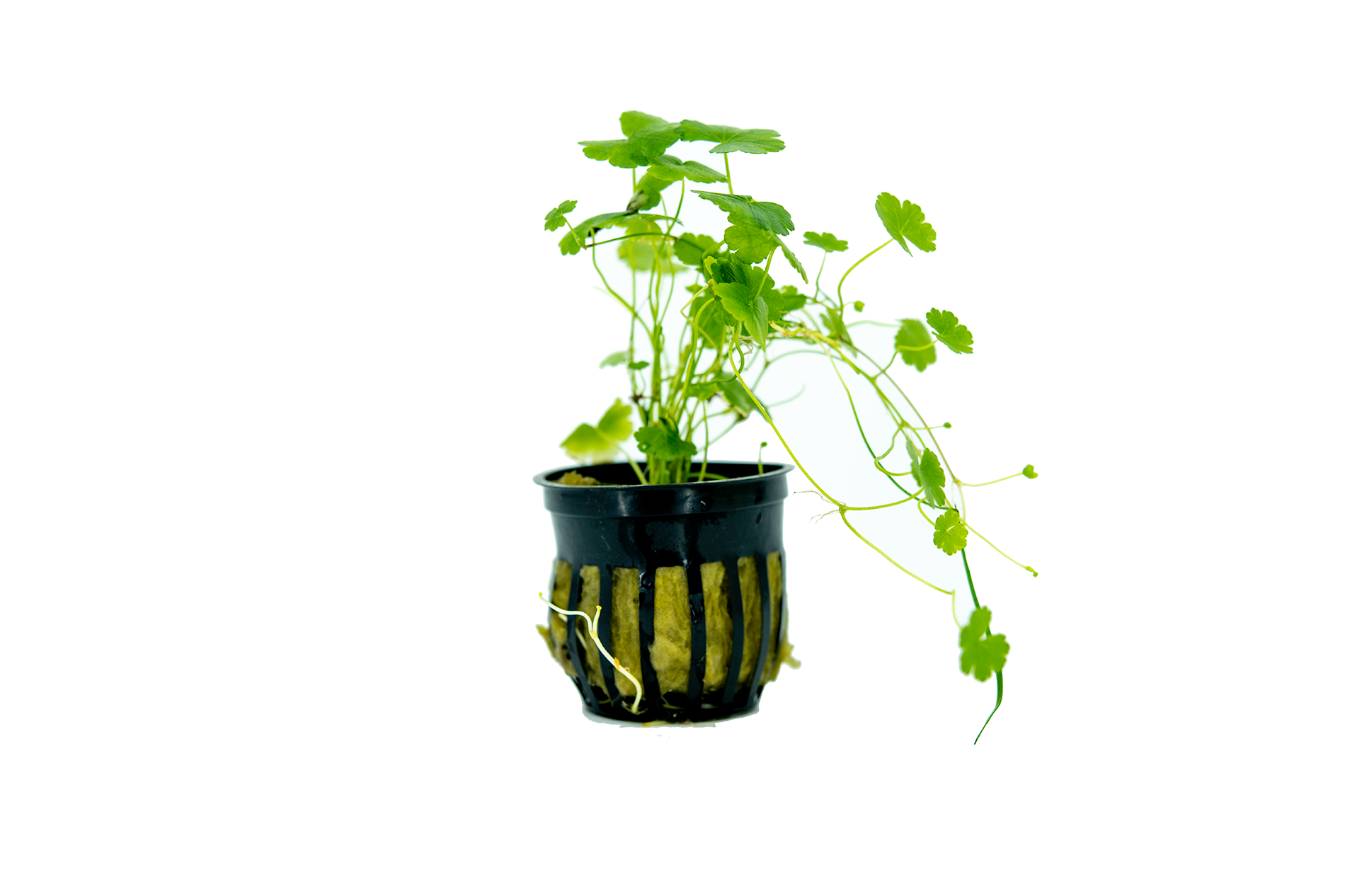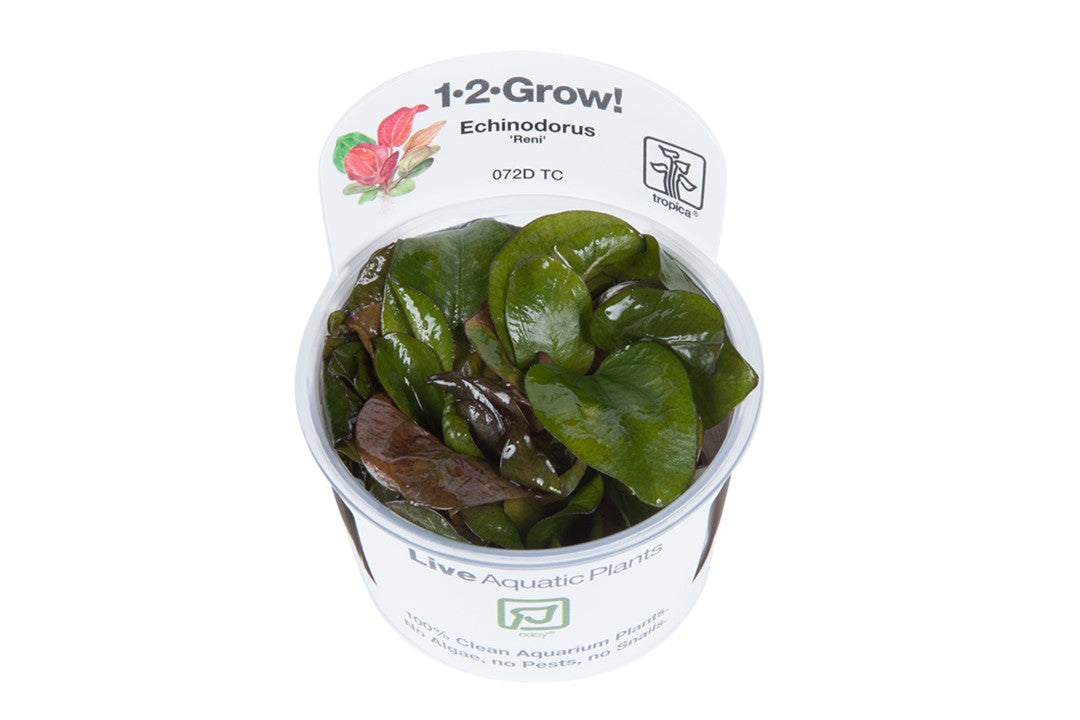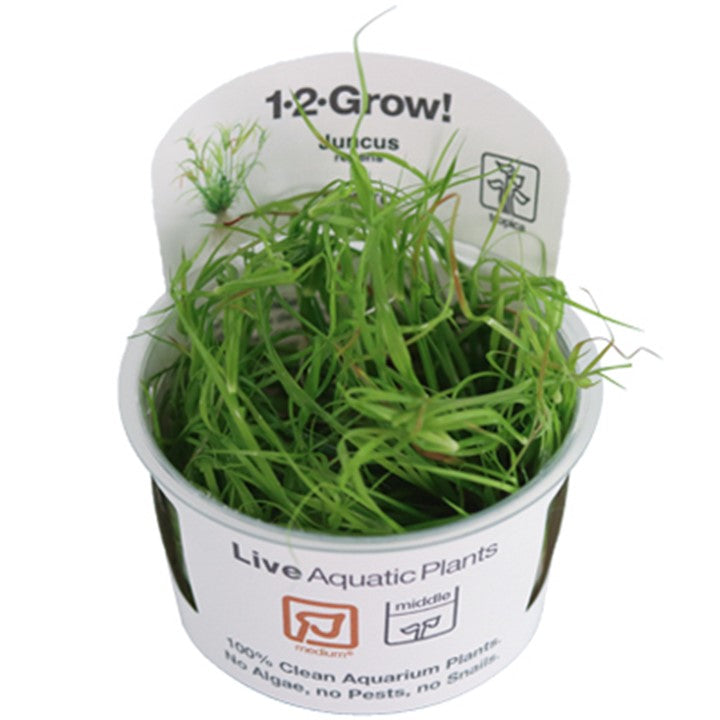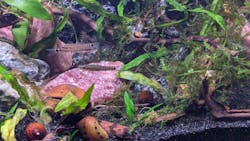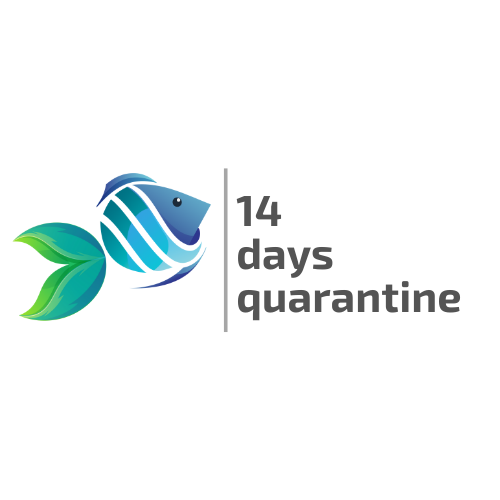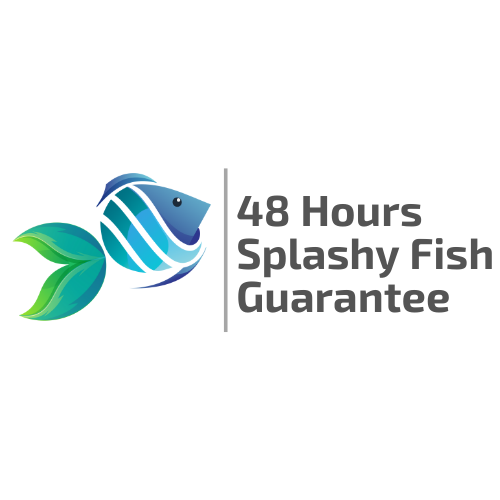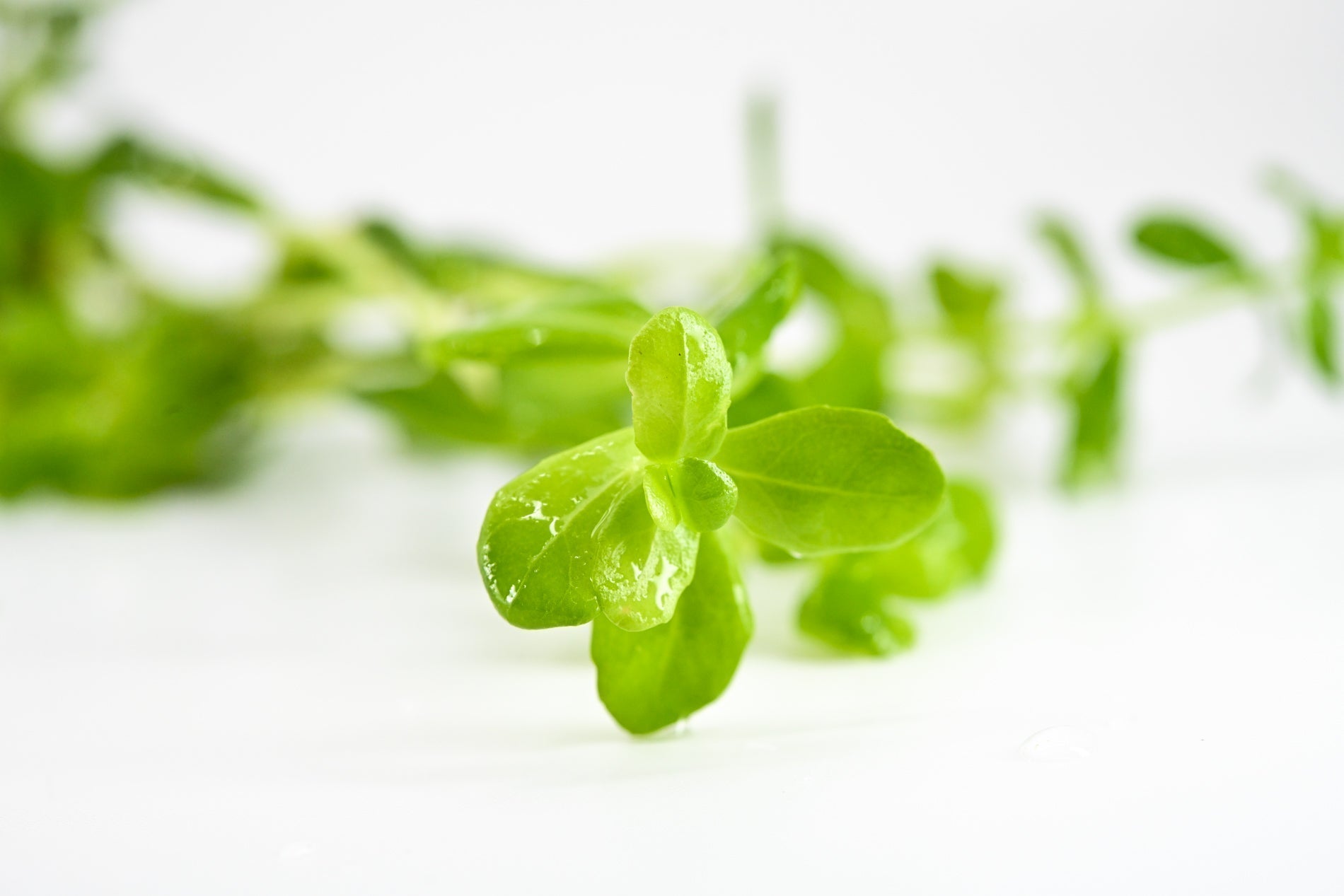
Live Aquarium Plants
Aquatic plants are an essential component of any healthy aquarium or pond ecosystem. They provide oxygen, food, and shelter for fish and other aquatic creatures, and they help to maintain water quality by absorbing excess nutrients. Aquatic plants also add beauty and a natural aesthetic to any planted tank. There are a wide variety of aquatic plants to choose from, each with its own unique characteristics and requirements. Some popular types include floating plants, stem plants, and foreground plants. Some species can be planted in the substrate while others can float in the water. Certain aquatic plants can also help to reduce algae growth, making it easier to maintain a clean and clear tank. Choosing the right plants for your aquarium or pond can help to create a healthy and beautiful underwater environment for your fish and other aquatic creatures.
Aquatic plants are beautiful and easy to plant in aquariums. Planted aquariums have many benefits, including removing Nitrite and Nitrate. All live aquarium plants for sale on Splashy Fish are submerged, grown, and covered by our Live Arrival Guarantee. Visit us to buy them online or at our aquarium store in Virginia for more betta fish for sale, freshwater fish for sale, freshwater shrimp for sale, and aquarium supplies.
Live Aquarium Plants Frequently Asked Questions FAQs:
Will live aquarium plans grow in gravel?
Yes, live aquarium plants can grow in aquarium substrate gravel, provided they receive sufficient aquarium light and nutrients. Choose compatible plant species, add root tabs or liquid fertilizer, ensure adequate lighting, plant roots in the gravel, and monitor water parameters for optimal growth.
Where to buy live aquarium plants?
When considering buying live aquarium plants, explore options like local pet stores, online retailers, or specialized aquarium shops, which offer a variety of submerged growth plants suited for aquarium conditions. Additionally, participating in aquarium forums, shows, or auctions may lead to discovering unique specimens. Before purchase, research each plant's requirements to ensure compatibility with your tank's setup, including lighting, water parameters, and substrate. Always ensure that the plants you purchase are grown submerged to facilitate an easier transition into your tank and promote better plant health and growth over time.
Are live aquarium plants hard to keep?
Maintaining live aquarium plants can vary in difficulty. Some species, like Java Fern, Anubias, Marimo Moss Ball, Java Moss For Sale are beginner-friendly, needing minimal care, and thriving in various conditions. Others, such as certain carpeting plants, require more attention. With research, proper lighting, water changes, and occasional fertilization, most plants can be cared for, even by beginners. Joining aquarium communities and seeking advice can be helpful in learning plant care techniques.
The Ultimate Guide to Live Aquarium Plants for a Thriving Planted Tank
Designing a planted aquarium is a fulfilling endeavor that many fish enthusiasts aspire to achieve. Live aquatic plants are more than just decorative elements for your tank; they play a vital role in creating a thriving, balanced ecosystem. These live plants enhance the visual appeal of your aquarium, transforming it into a lush underwater garden. Beyond aesthetics, live plants offer numerous practical benefits: they actively improve water quality by absorbing harmful nitrates, provide essential shelter for fish during stressful moments, and create ideal spawning grounds or safe havens for newly hatched fry. Additionally, certain plant species serve as a natural food source for herbivorous fish, contributing to a healthier, more sustainable environment.
This comprehensive guide will take you through every step of the process—from selecting the right plants to mastering the planting techniques and maintenance routines needed to keep your aquarium flourishing. With the right knowledge and care, you can create a vibrant, living aquatic ecosystem that both you and your pet fish will enjoy.
Why Add Live Plants to Your Aquarium?
Adding live plants to your aquarium goes beyond just enhancing its appearance; these natural additions play a crucial role in maintaining a healthy and thriving aquatic environment. Here's a detailed look at the benefits live plants bring to your tank:
1. Improved Water Quality
Live aquarium plants act as natural filters for your aquarium tank. They absorb harmful substances like nitrates, ammonia, and carbon dioxide, which can accumulate over time and harm your fish. By balancing the water chemistry, live plants help maintain a stable and safe environment, reducing the need for frequent water changes and chemical treatments. This creates a cleaner, healthier habitat for your fish.
2. Shelter and Spawning Sites
Aquarium plants provide much-needed shelter for your fish. Whether your fish are feeling stressed or need a place to hide from more aggressive tankmates, live plants offer a sense of security. Additionally, plants serve as ideal spawning sites for breeding fish, giving them a natural area to lay eggs. For newly hatched fry, the dense foliage provides a safe haven, protecting them from predators and increasing their chances of survival.
3. Natural Food Source
Certain fish species, often referred to as "green munchers," naturally graze on plant leaves. Live plants serve as a supplemental food source, offering your freshwater fish a balanced diet that mimics their natural habitat. This can be especially beneficial for herbivorous and omnivorous fish, providing them with essential nutrients while reducing the need for artificial feeds.
4. Oxygen Production
During photosynthesis, live plants produce oxygen, which dissolves into the water and is vital for your fish's health. A well-planted aquarium ensures your fish have access to an adequate supply of oxygen, contributing to their overall well-being.
5. Enhanced Aesthetics
Live plants create a stunning, natural aesthetic that plastic plants simply can't replicate. With their lush greenery and dynamic movement, they bring life and vibrancy to your tank, turning it into an eye-catching underwater landscapes. A planted tank not only provides a healthier environment for your fish but also adds beauty to your home.
With these benefits, it’s no wonder aquarists aspire to create beautifully planted aquariums. Whether you’re an aquarium beginner or a seasoned aquarist, adding live plants to your tank is a step toward a healthier, more natural, and visually stunning aquatic environment.
Tips for Choosing and Preparing Aquarium Plants
Creating a lush, thriving aquarium starts with selecting the right plants and preparing them properly. Whether you're a beginner or a seasoned aquarist, these expert tips will guide you in making the best choices for your tank and ensuring your plants thrive.
1. Pick the Right Aquarium Plants for Your Tank
Choosing the right plants is the foundation of a successful planted aquarium. Here’s how to make an informed decision:
-
For Beginners: Start with Low-Tech Plants
Low-tech aquarium plants, such as Java moss, Anubias, and Java fern, are perfect for beginners. These plants are hardy, require minimal care, and can thrive without specialized equipment like aquarium CO2 injectors or high-intensity lighting. They are forgiving and provide a great way to get acquainted with maintaining live plants.
-
For Advanced Aquarists: High-Tech Plants
If you’re experienced and ready for a challenge, high-tech plants like Dwarf Baby Tears or Rotala demand more attention. They require precise conditions, including specific aquarium light intensities, CO2 injection, and nutrient-rich substrates. While more demanding, these plants can elevate the aesthetics of your tank to a professional level.
2. Arrange Plants Strategically for a Stunning Look
Proper placement of plants not only enhances the visual appeal of your aquarium but also supports healthy growth. Follow this proven layout technique:
-
Foreground Plants: Use short plants like Monte Carlo or Dwarf Hairgrass to create a lush green carpet effect in the front of your tank. These plants grow horizontally and add depth to the aquarium tank.
-
Midground Plants: Medium-sized plants such as Amazon Swords or Cryptocoryne are ideal for filling the center area of your aquarium. They provide a visual transition between the foreground and background.
-
Background Plants: Tall-growing species like Vallisneria or Water Wisteria work best at the back of your tank. They create a natural decoration, giving your aquarium a sense of height and depth.
This arrangement not only ensures your plants thrive but also creates a professional, layered look that showcases your aquarium’s design.
3. Quarantine Plants to Prevent Diseases
Before introducing new plants into your tank, it’s crucial to quarantine them. Harmful hitchhikers like algae, snails, or bacteria can hitch a ride on your plants, potentially causing diseases in your aquarium. Follow these steps for a thorough quarantine process:
-
Rinse the Plants: Gently wash your plants under running water to remove visible debris or contaminants.
-
Soak in a Disinfecting Solution: Prepare a solution using aquarium-safe disinfectants like potassium permanganate or hydrogen peroxide. Soak your plants for 10–15 minutes to eliminate hidden pests.
-
Rinse Again: Rinse thoroughly with clean water to remove any residue from the disinfectant.
-
Inspect for Pests: Check leaves and roots for freshwater snails or algae before introducing the plants into your tank.
By quarantining plants, you protect your tank from potential infestations and ensure a healthy ecosystem for your fish and plants.
Types of Aquarium Plants and How to Care for Them
As a seasoned aquarist with over a decade of experience, I know that selecting the right types of plants and understanding their care requirements is essential to creating a stunning, healthy aquarium. Here’s an expert guide to various aquarium plants and detailed care tips for each.
1. Rhizome Plants (e.g., Anubias, Java Fern)
What Are Rhizome Plants?
Rhizome plants have a thick, horizontal trunk-like structure called a rhizome, from which leaves grow upward and roots grow downward. Popular examples include Anubias and Java Fern.
How to Plant Rhizome Plants
-
Attach the rhizome to hardscape items like driftwood or aquarium rocks using aquarium-safe glue or thread.
-
Avoid burying the rhizome in the aquarium substrate, as this can cause it to rot.
-
Over time, the roots will naturally wrap around the hardscape, adding a natural look to your aquarium.
Nutrient Needs
Rhizome plants absorb nutrients directly from the water column through their leaves. Use liquid fertilizers to support healthy growth.
2. Rosette Plants (e.g., Amazon Sword, Cryptocoryne)
What Are Rosette Plants?
Rosette plants grow in a circular pattern with leaves sprouting from the base. Examples include Amazon Swords and Cryptocoryne species like Cryptocoryne Wendtii or Cryptocoryne Spiralis.
How to Plant Rosette Plants
Bury their roots in the aquarium substrate, but keep the crown (the base where leaves emerge) uncovered to prevent rot.
Care Tips
-
Amazon Swords: Heavy root feeders that thrive in nutrient-rich substrates. Add root tabs for optimal growth. Place them in the midground or background due to their height.
-
Cryptocoryne: Known to "melt" when first introduced, but don’t discard them—new leaves will grow as they adapt to their surroundings.
3. Moss Plants (e.g., Java Moss)
Why Choose Moss?
Moss is a versatile and beginner-friendly plant, popular for its lush, green appearance and utility as a hiding spot for fry. Java Moss is the most common type.
How to Plant Moss
-
Attach moss to driftwood, aquarium stone and rocks, or other hardscape materials using thread or glue.
-
Moss doesn’t require an aquarium substrate and can thrive in various water conditions.
Special Features
-
Moss creates a dense coverage ideal for breeding fish or freshwater shrimp.
-
It enhances the natural aesthetic of your aquarium with minimal effort.
4. Grass-like Plants (e.g., Vallisneria, Dwarf Sagittaria)
What Are Grass-like Plants?
These plants resemble terrestrial grasses and are known for their fast propagation rates. Popular choices include Vallisneria, Dwarf Sagittaria, and Micro Sword.
How to Plant Grass-like Plants
-
Bury their roots in the substrate, ensuring there’s enough space between individual plants for growth.
-
Many grass-like plants come in pots containing multiple plants. Separate them before planting to allow ample room to spread.
Key Benefits
These plants propagate quickly, creating a lush, grassy effect perfect for the foreground or midground of your aquarium.
5. Stem Plants (e.g., Bacopa, Pearl Weed)
What Are Stem Plants?
Stem plants grow vertically with leaves sprouting along a single stem. They are versatile and add height and texture to your aquarium. Examples include Bacopa, Pearl Weed, and Pogostemon Stellatus.
How to Plant Stem Plants
-
Insert stems 2-3 inches deep into the substrate to anchor them securely.
-
Avoid planting them in dense bunches to allow sufficient space for growth. Use plant weights if necessary to keep them in place.
Nutrient Needs
Stem plants primarily feed from the water column, making liquid fertilizers essential for their health.
6. Bulb/Tuber Plants (e.g., Tiger Lotus, Banana Plant)
What Are Bulb/Tuber Plants?
These plants grow from a bulb or tuber structure. Popular examples include Tiger Lotus and Banana Plant.
How to Plant Bulb/Tuber Plants
-
Rinse the bulb or tuber thoroughly to remove debris.
-
Place the bulb/tuber on top of the substrate, avoiding complete burial to prevent rotting. If it floats, use a piece of hardscape to hold it down until it roots.
Special Features
These plants can grow tall, with some leaves reaching the water’s surface, adding a dramatic touch to your tank.
7. Carpeting Plants (e.g., Monte Carlo, Dwarf Baby Tears)
What Are Carpeting Plants?
Carpeting plants grow laterally, covering the substrate with a lush, green "carpet." Examples include Monte Carlo and Dwarf Baby Tears.
How to Plant Carpeting Plants
-
Keep them in their pots initially and bury the pots in the aquarium substrate to protect their delicate roots.
-
Once established, the plants will spread across the substrate, creating a dense carpet.
Care Requirements
Carpeting plants require high aquarium lighting, CO2 injection, and nutrient-rich plant fertilizers (liquid or root tabs) for optimal growth.
8. Floating Plants (e.g., Frogbit, Duckweed)
What Are Floating Plants?
Floating plants rest on the water’s surface, providing shade and helping to absorb excess nutrients. Common types include Frogbit, Duckweed, and Dwarf Water Lettuce.
How to Plant Floating Plants
Simply place them gently on the water surface. Avoid overcrowding to ensure sufficient aquarium light and oxygen can reach the water below.
Special Considerations
Floating plants grow quickly and can block light, so trim them regularly to maintain a balanced aquarium ecosystem.
Choosing and caring for aquarium plants is both an art and a science. By understanding the unique needs of each type of plant, you can create a visually stunning and biologically balanced aquarium. Start with beginner-friendly options like moss and rhizome plants, and gradually expand your skills to include high-tech and carpeting plants for a truly professional look.
Common Mistakes to Avoid When Growing Aquarium Plants
Caring for live aquarium plants can be both rewarding and challenging. Even experienced aquarists can encounter setbacks if they overlook certain details. Here’s a detailed guide to common mistakes and how to avoid them, ensuring your planted tank remains healthy, balanced, and visually stunning.
1. Overcrowding Your Plants
A tank brimming with plants may look lush and appealing at first, but overcrowding can lead to several problems. Plants compete for essential resources like nutrients, light, and CO2. When planted too closely, some plants may fail to grow properly due to insufficient access to these resources. Additionally, your fish need open areas to swim freely—an overcrowded tank can cause stress and limit their natural behaviors.
How to Avoid This Mistake:
-
Research the growth patterns and space requirements of each plant species before planting.
-
Follow a layered approach: shorter plants in the foreground, medium plants in the midground, and taller plants in the background.
-
Regularly trim and maintain plants to prevent them from overtaking the tank.
2. Skipping the Quarantine Process
Adding new plants directly into your aquarium without proper quarantine is one of the quickest ways to introduce pests and diseases. Hitchhikers like snails, algae spores, or harmful bacteria can rapidly disrupt the balance of your tank, leading to long-term problems for both plants and fish.
How to Avoid This Mistake:
-
Rinse new plants under running water to remove visible dirt and debris.
-
Soak them in a solution of potassium permanganate or hydrogen peroxide for 10–15 minutes to kill harmful hitchhikers.
-
Inspect the plants thoroughly for signs of pests, such as snail eggs or algae.
-
Quarantine new plants in a separate tank for a few days before introducing them to your main aquarium.
3. Ignoring Your Plants' Nutrient Needs
Each plant species has specific nutritional requirements, and neglecting these needs can lead to poor growth, yellowing leaves, or plant death. Heavy root feeders, like Amazon Swords, require nutrient-rich substrates, while water column feeders, like Java Moss, depend on liquid fertilizers.
How to Avoid This Mistake:
-
Use a nutrient-rich substrate or root tabs for heavy root feeders.
-
Apply liquid fertilizers to supplement macro and micronutrients like nitrogen (N), phosphorus (P), and potassium (K) for water column feeders.
-
Monitor plant health regularly to adjust fertilizer dosages as needed.
-
Consider CO2 supplementation for high-tech plants that thrive in enriched environments.
4. Using Inappropriate Lighting
Aquatic plants rely heavily on light for photosynthesis, and insufficient or excessive lighting can harm their growth. Low-light freshwater plants like Anubias or Java Fern can survive under dim conditions, but high-light plants like carpeting species require intense lighting to thrive.
How to Avoid This Mistake:
-
Choose a lighting system that matches the requirements of your plants.
-
Maintain a consistent light schedule, typically 8–10 hours per day.
-
Avoid placing your tank near windows to control algae growth due to uncontrolled sunlight exposure.
5. Neglecting Tank Maintenance
Even with the healthiest plants, a neglected tank can lead to algae overgrowth, nutrient imbalances, and poor water quality. Failing to perform routine maintenance can quickly turn a thriving tank into a problematic one.
How to Avoid This Mistake:
-
Perform weekly water changes to remove excess nutrients and maintain water clarity.
-
Regularly prune plants to remove dead or decaying leaves.
-
Clean the tank walls, substrate, and equipment to prevent algae buildup.
Conclusion: Create a Thriving Planted Aquarium
Live aquarium plants are much more than decorative elements—they are the backbone of a thriving aquatic ecosystem. They enhance water quality, provide shelter and spawning grounds for fish, and create a natural, beautiful environment that mimics their natural habitats. However, success in growing aquatic plants requires careful planning and ongoing attention.
Whether you're new to the hobby or an experienced aquarist, starting with hardy, low-maintenance plants like Java Fern and gradually progressing to advanced species will help you build confidence and skills. Pair this with proper plant care, nutrient management, and tank maintenance, and you’ll have a stunning, vibrant aquarium that both you and your fish will enjoy.
So why wait? Dive into the world of aquatic gardening today, and turn your aquarium into a lush underwater paradise! With a little patience and dedication, your tank will become a showcase of life and beauty.


